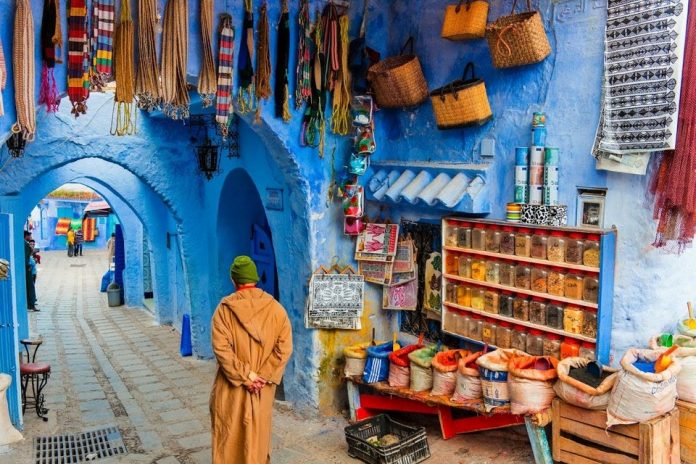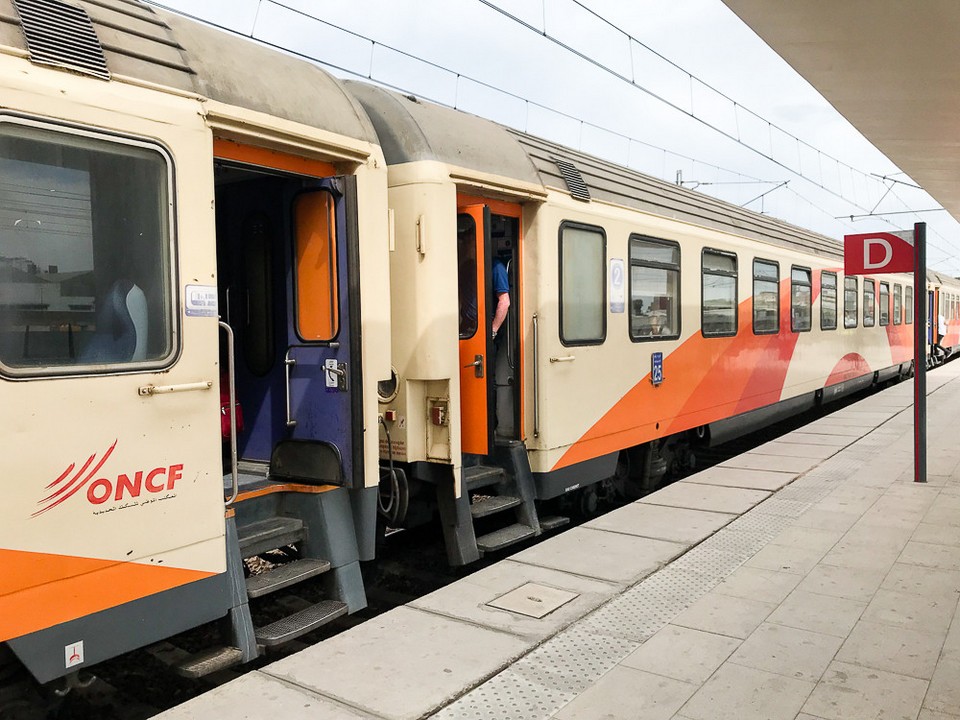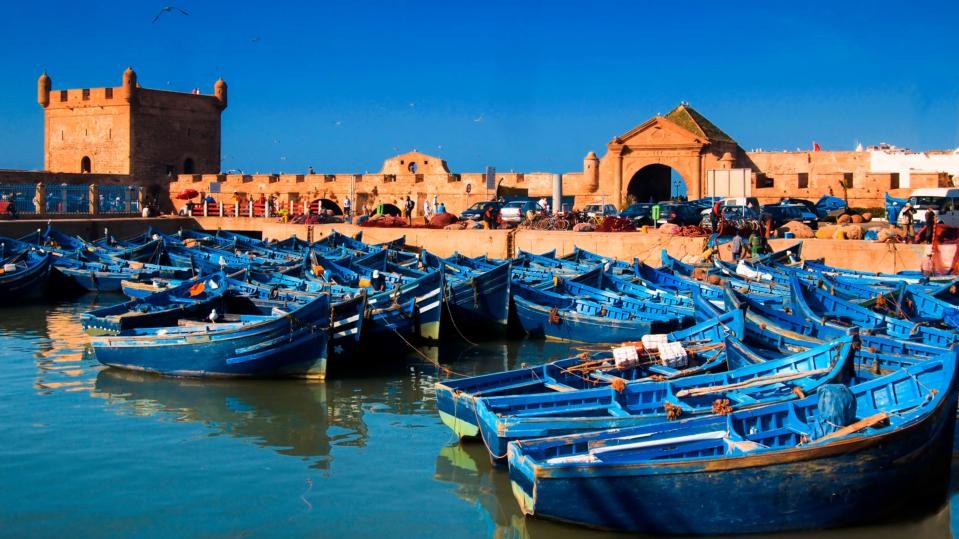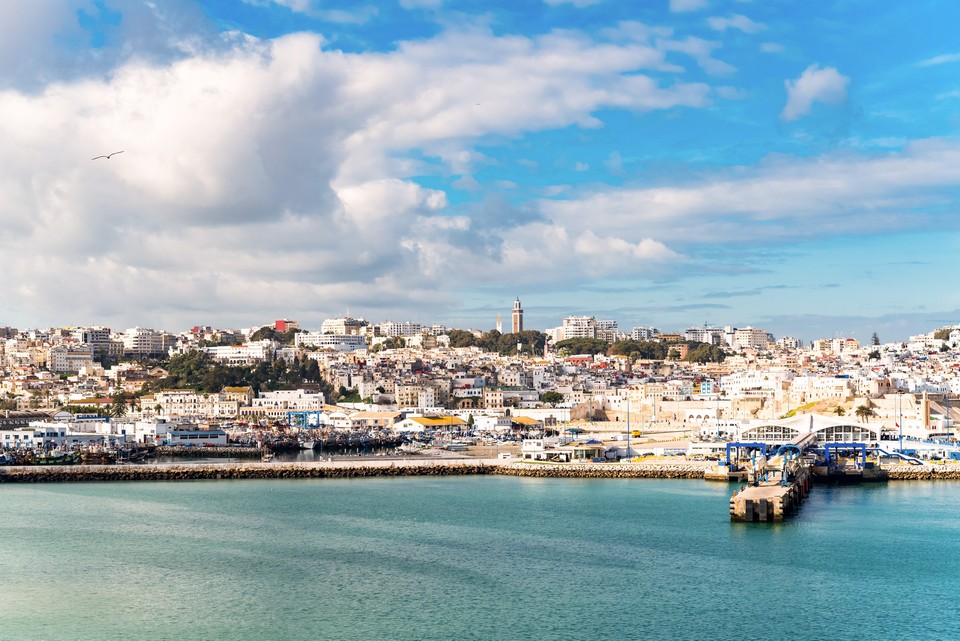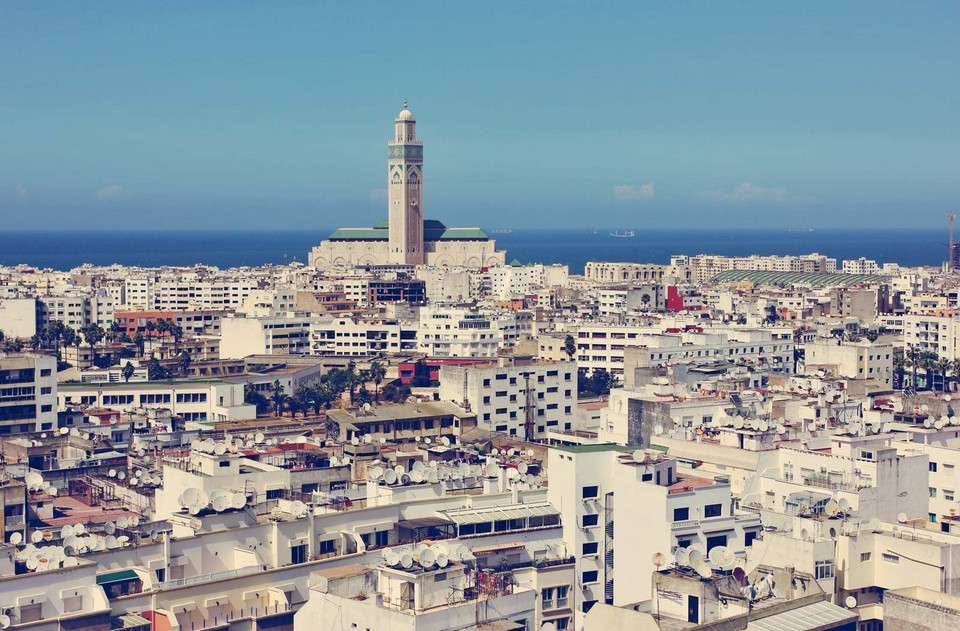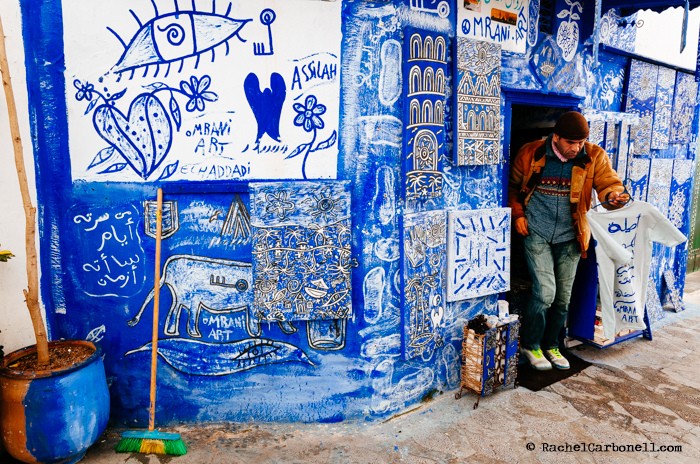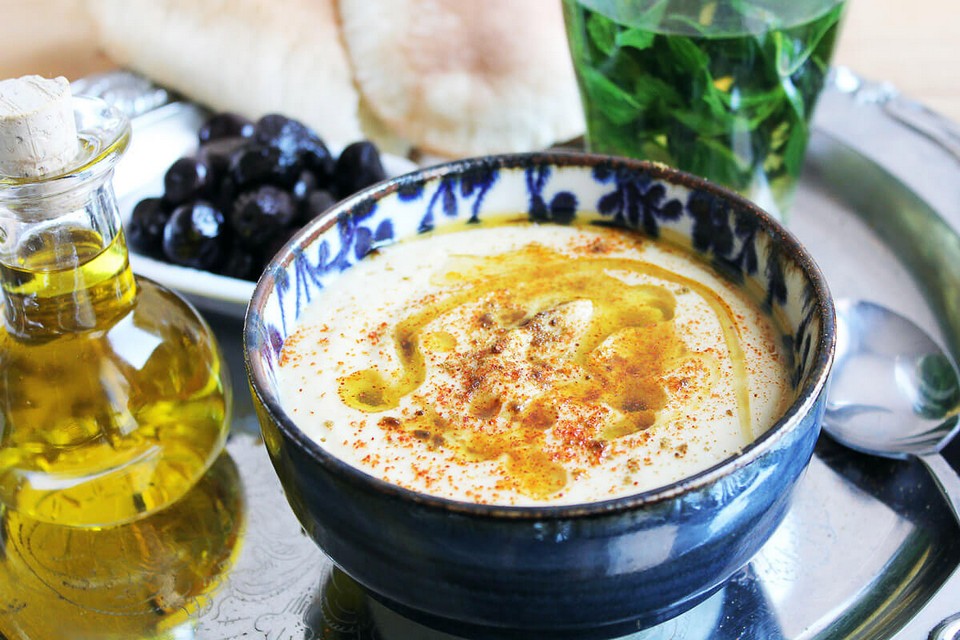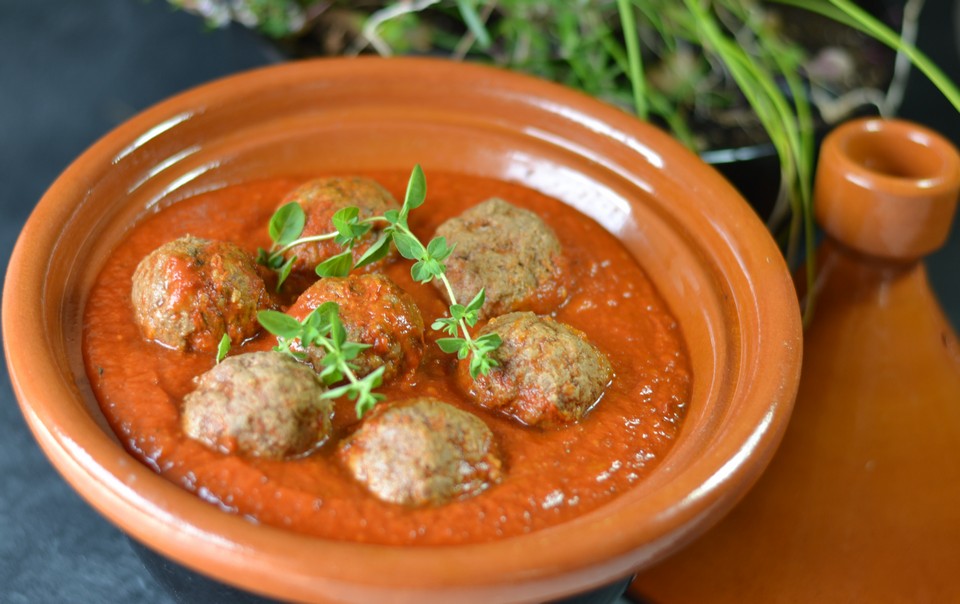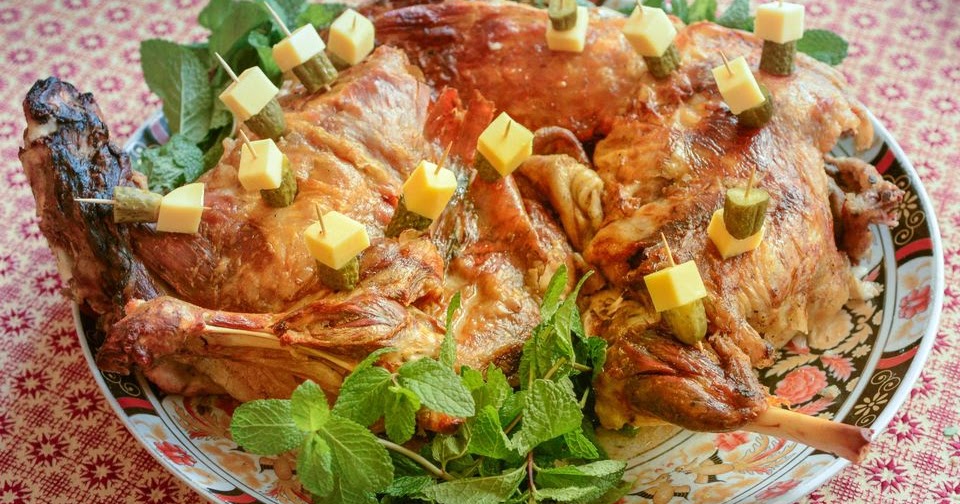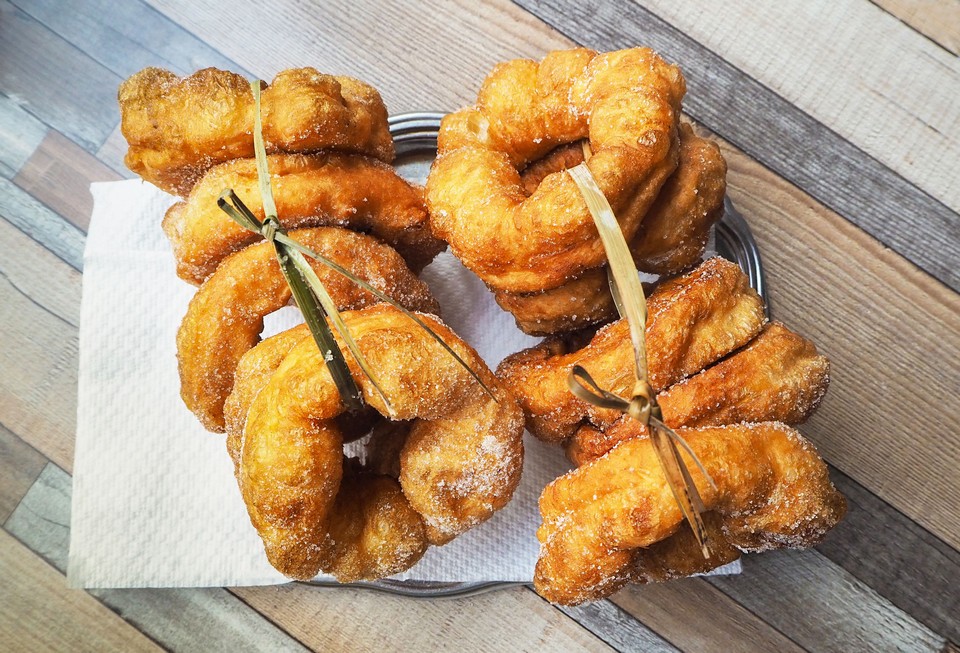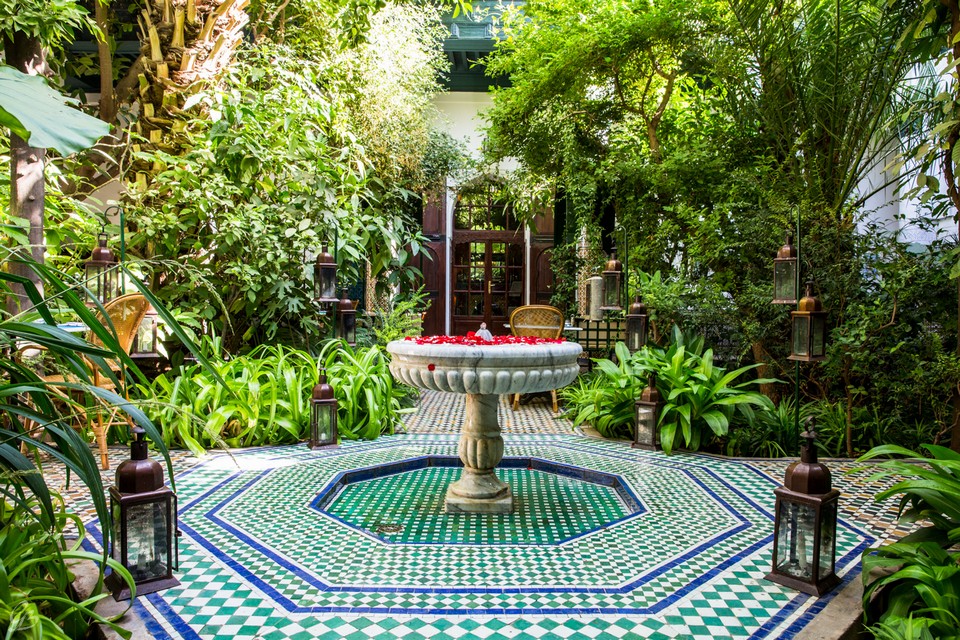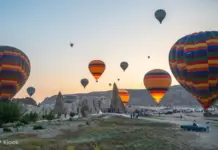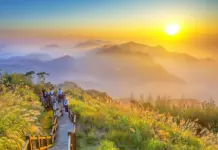Morocco is an Islamic country located in the northwestern part of Africa, both the gateway to the Mediterranean Sea and the gateway to the Sahara desert, so this country possesses different types of terrains and diversity in climate, along with countless of extremely beautiful, impressive, spectacular landscapes. As part of the Arab world, Morocco also has many cultural traditions and a treasure of very unique Islamic art and architecture. That is why Morocco is always a favorite destination of many tourists around the world, and especially always on the “must-visit” list of any traveler. So, what to do and how to plan a perfect budget trip to Morocco for the first-time? Let’s check out our Morocco travel blog (Morocco blog, Morocco trip blog) with the fullest Morocco travel guide (Morocco guide, Morocco tourist guide) from how to get there, best time to come, where to stay, best places to visit and top things to do to find out the answer!
- Taiwan itinerary 3 days — How to spend & what to do in Taiwan for 3 days perfectly?
- New Zealand travel blog — The fullest New Zealand travel guide for first-timers
- Japan itinerary 9 days — How to spend 9 days in Japan to visit: Osaka – Kobe – Kyoto – Nara?
- Luxembourg travel blog — The fullest Luxembourg guide for a great trip for first-timers
- What to buy in Morocco? — Top 17+ souvenirs, gifts & best things to buy in Morocco
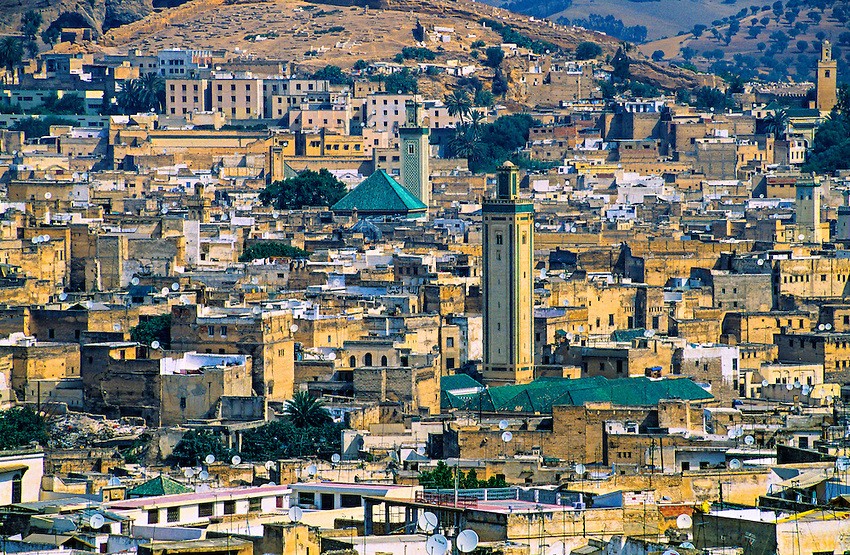
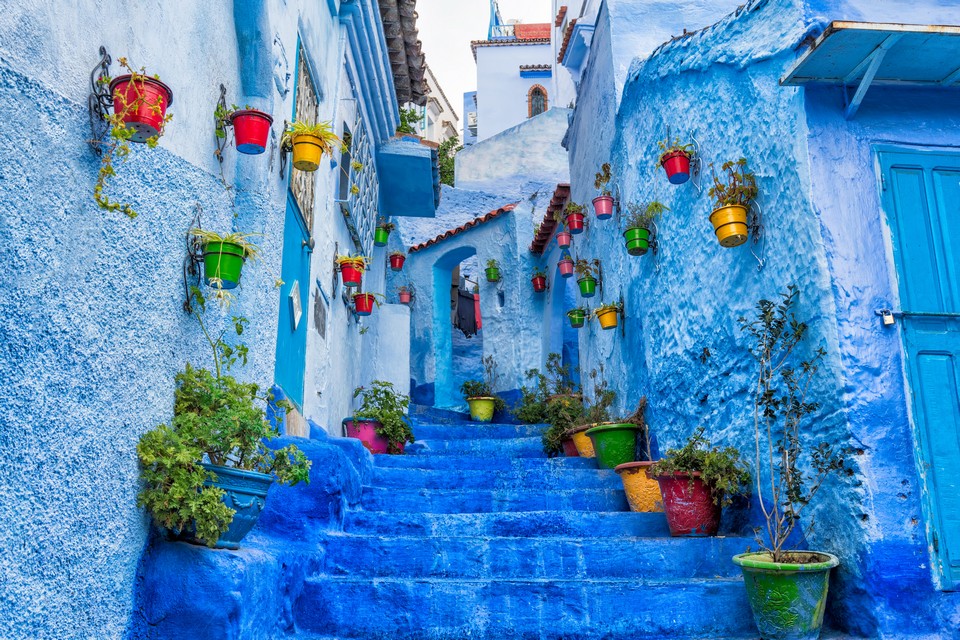
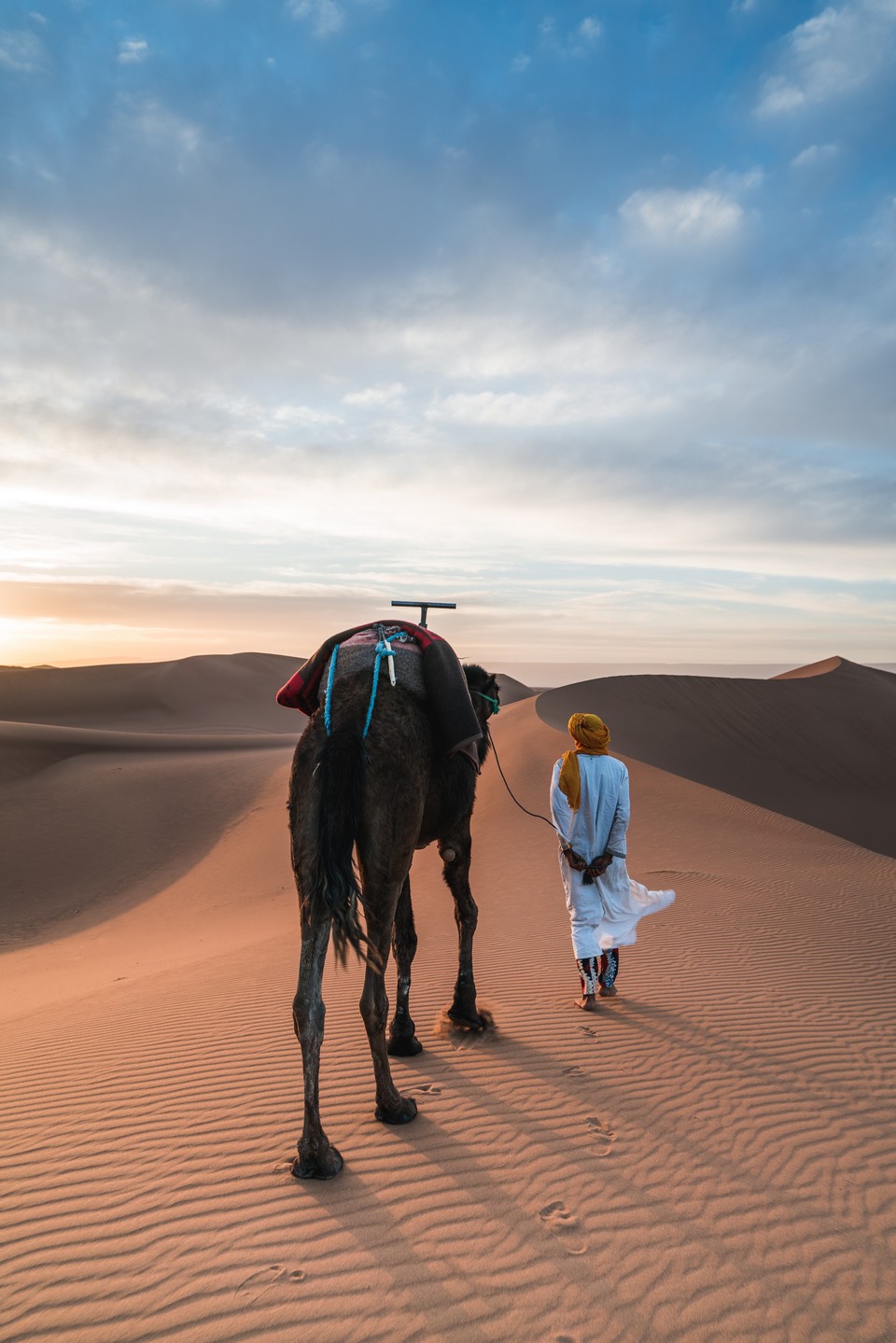
Morocco travel blog: Overview of Morocco
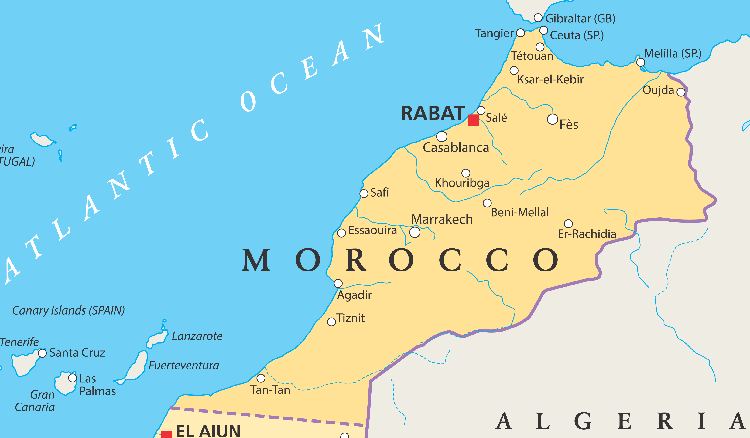
Geographically, Morocco is formed up of four different regions: The Sahara desert with its towns and Berber oasis (Siwa Oasis); the Atlas and Rif mountains; the plains were home to the royal cities of Strasbourgesh and Fez (Fes); and finally the sandy shores of the Mediterranean Sea and Atlantic Ocean, surrounded by small seaside towns and the cities of Rabat and Casablanca.

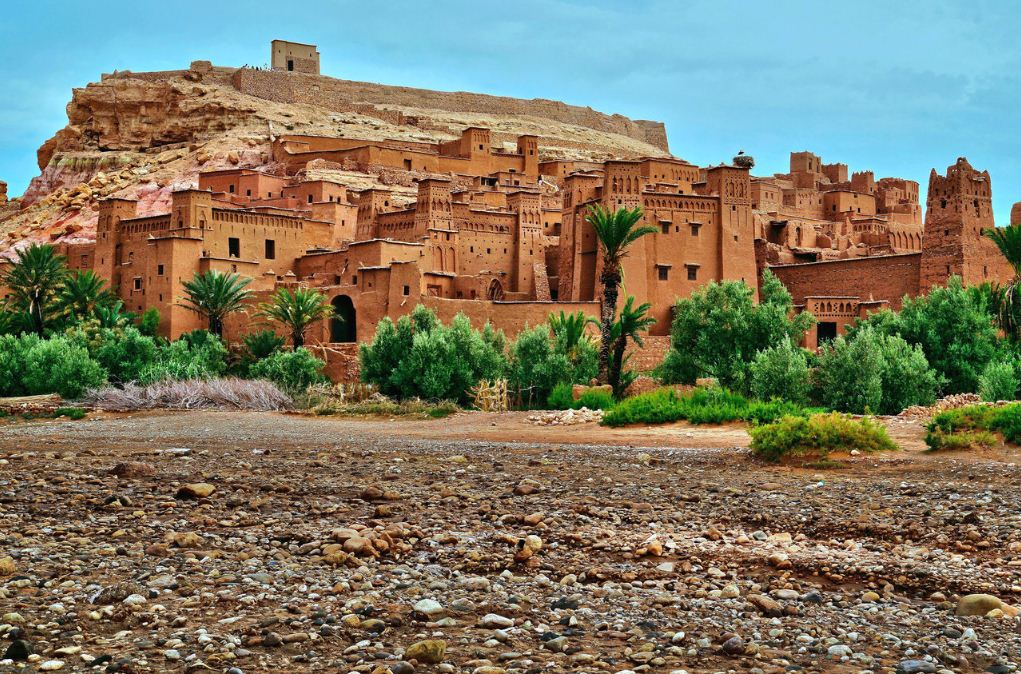
Morocco (Arabic name Al Mamlakah al Maghribiyah, meaning “The Western Kingdom”) is a country located on the northwest coast of Africa, bordered by Algeria to the east and Western Saharah to the south. The whole country of Morocco is divided into 16 regions, with the capital of Rabat and the largest and most famous city of Casablanca.
Safety and security
Theft can happen in big cities and along beaches, where you should avoid deserted areas and stay alert at all times, especially after dark. Remember do not bring large amounts of money or valuables with you.
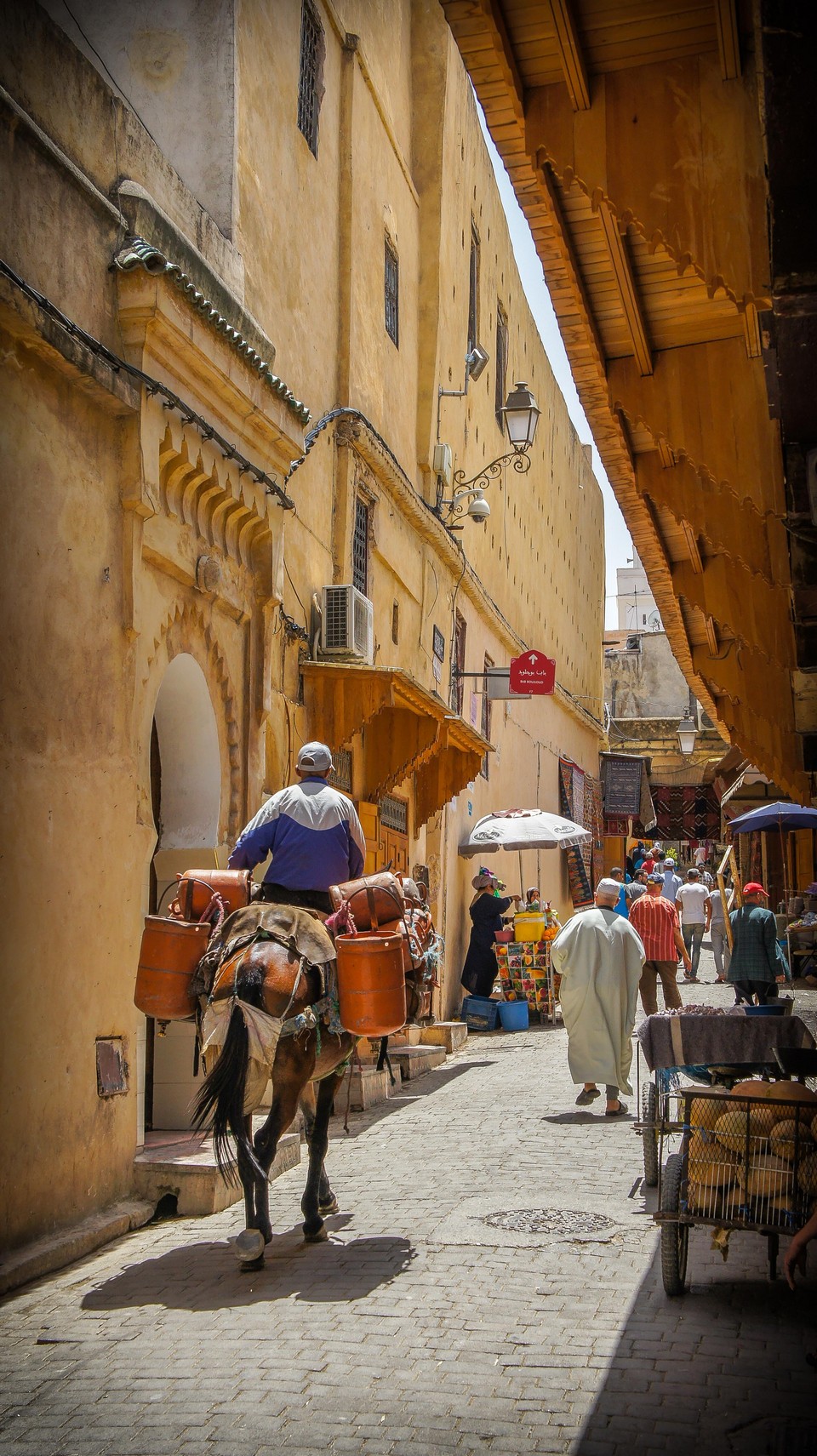
In big cities, in addition to petty theft, pickpockets and extorting money, I find the safety and security in Morocco not so bad. In crowded places, there are many policemen in uniform and plain clothes. In the old towns (Medina) always have crowded markets, it is necessary to pay attention to your belongings. You should leave the passport in the suitcase at the hotel, bring only a photocopy.
The southwestern border region which bordering Algeria and the southern territories of Western Sahara, especially near the border with Mauritania because of kidnapping and is advised by the authorities that visitors should not to come there due to the complicated security situation in these areas.
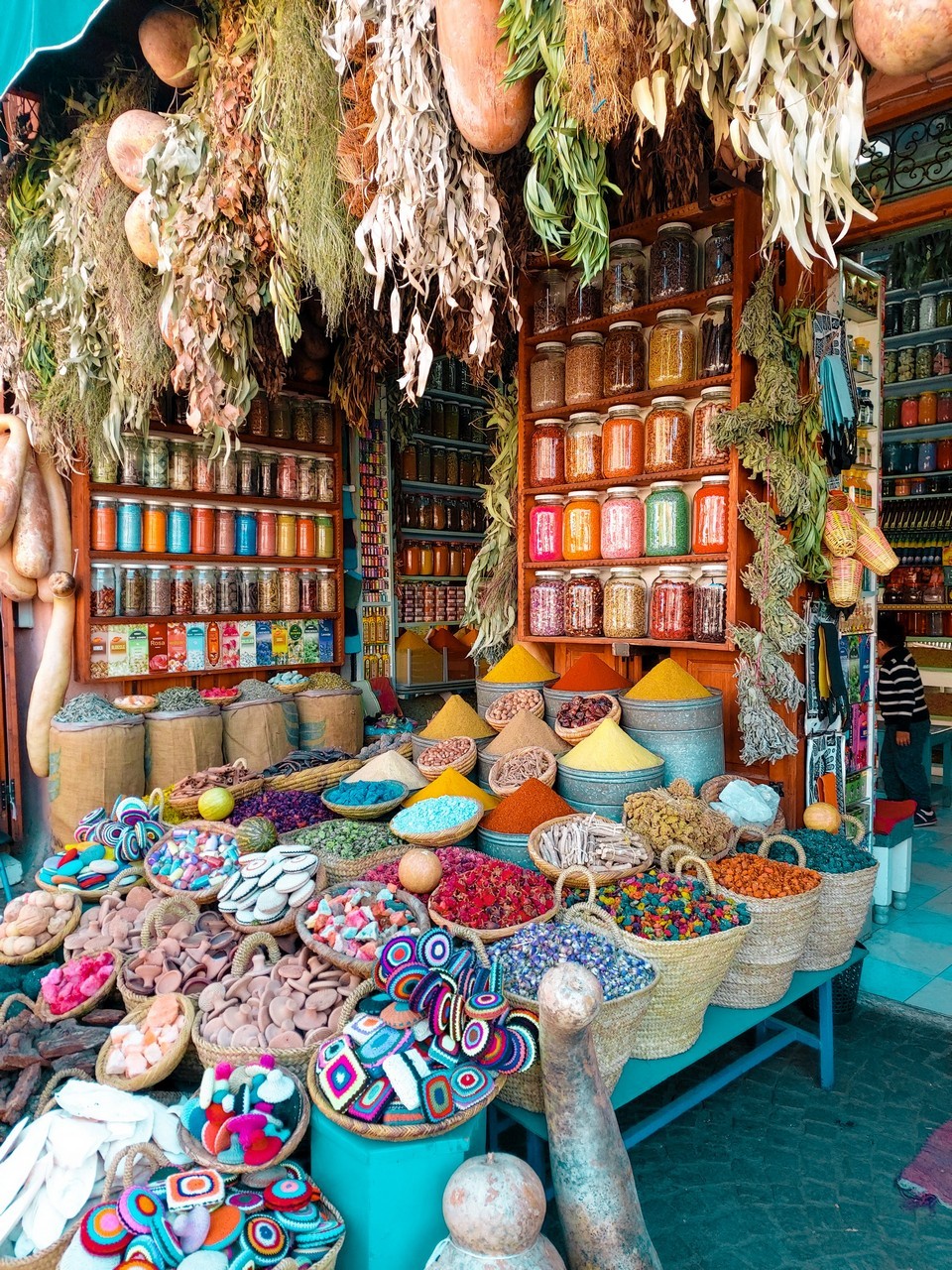
The US government has a website to notify the security situation (terrorism, natural disasters) of all countries in the world here.
The French government also has a similar site, access here.
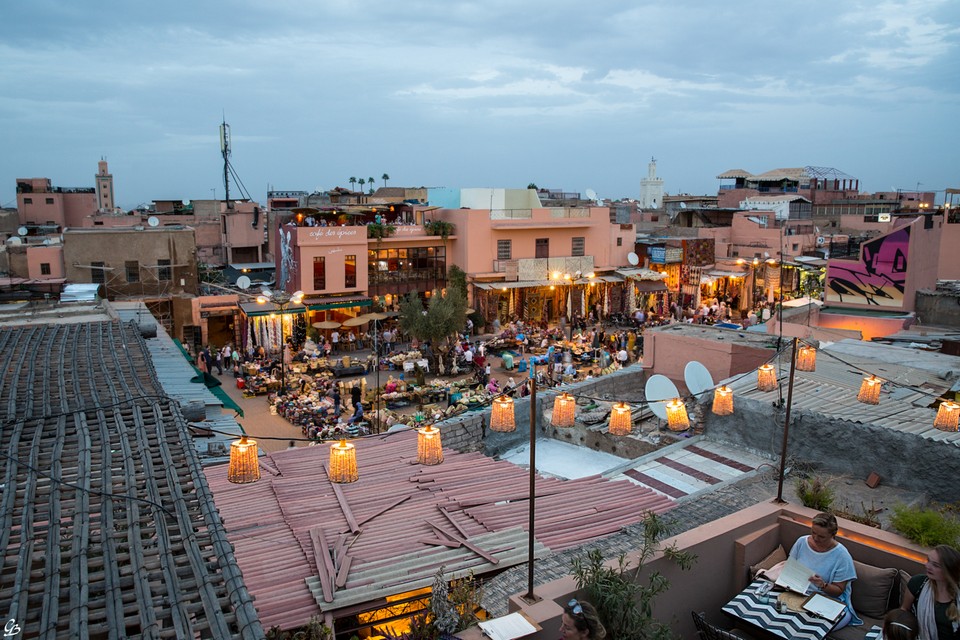
Religion
The national religion of Morocco is Islam. Coming here, it is advisable to wear discreetly, limit open underarms and short skirts on streets to show respect for locals. If it’s too hot, you can bring a thin, long, large scarf to wear instead of a shirt with sleeves.
In Morocco, in large places of worship, men and women are not allowed to pray in the same area but must be separated, male on one side, female on the other. There are different entrances as well.
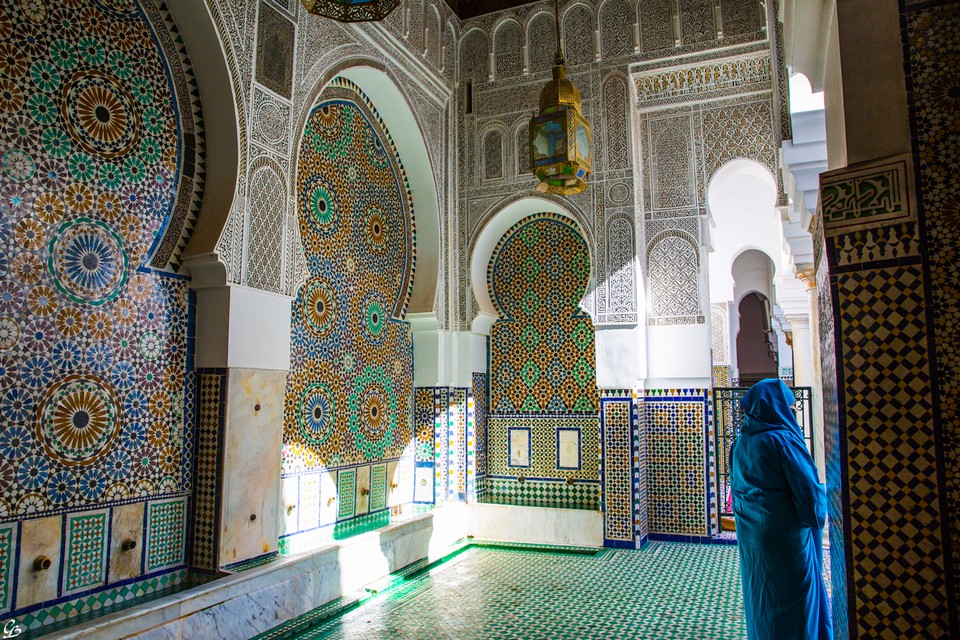
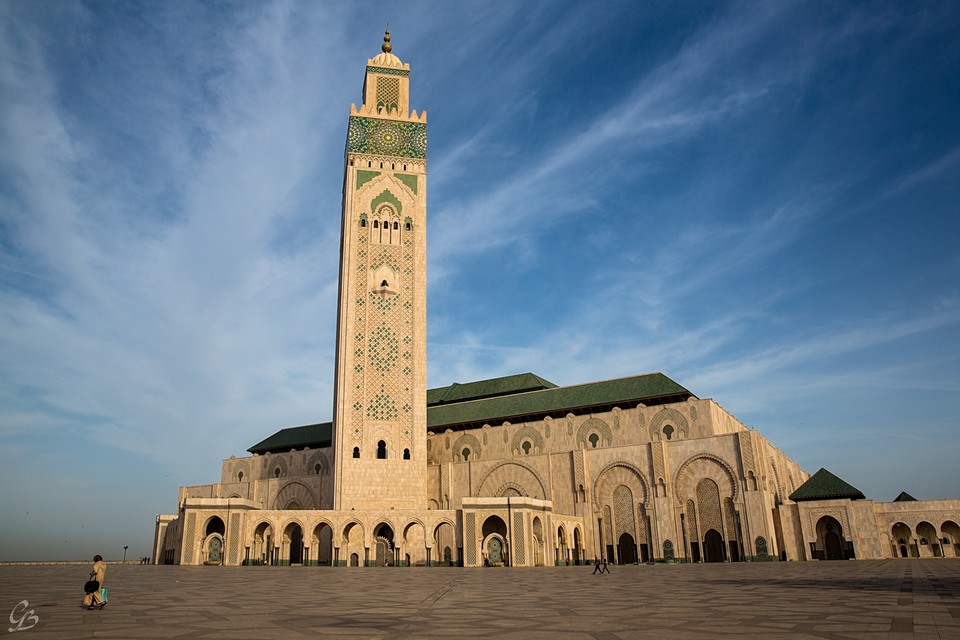
Language
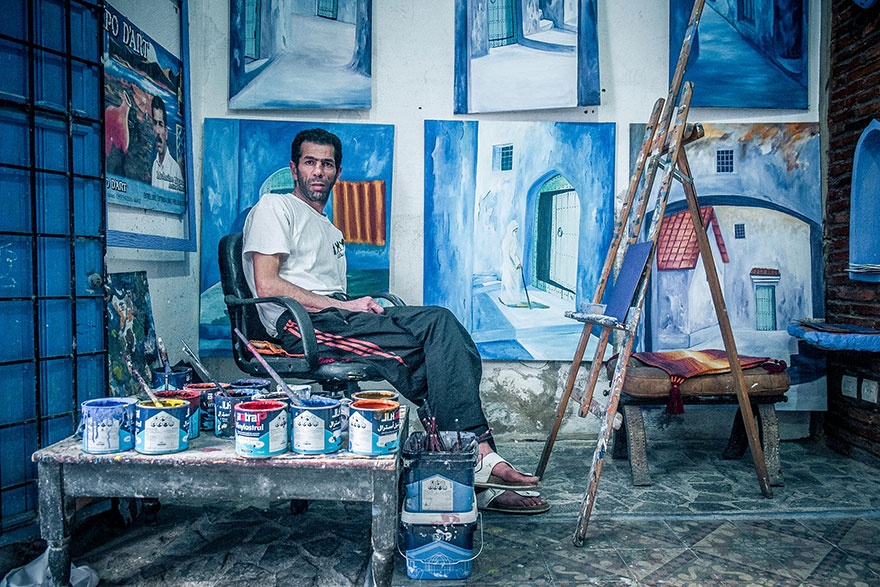
The Moroccans speak two main languages, Arabic and French, and in the mountainous areas, there also is a Berber language. All the signs, in addition to Arabic, they are also available in French, so you don’t have to worry about falling illiterate.
A few common words (transliteration):
- Where is the toilet: Fin kaynin toilettes?
- Hello: Salam
- Goodbye: Bslama
- Thank: Shokran
- Thank you (in Berber): Ten miêrt
- No: Lla
- Yes: Iyyeh
- Agree, ok : Wakha
- Let’s go: Y-allah
Flag
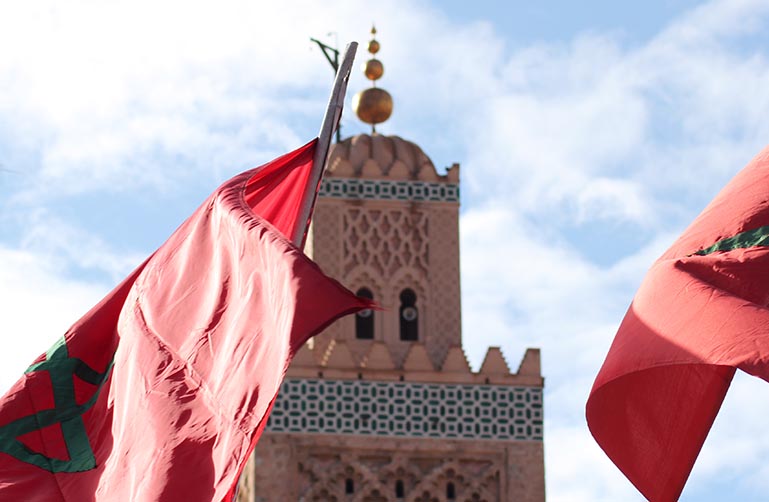
The flag of Morocco flag is red, with a green five-pointed star, which is the symbol of the Kingdom of Morocco. Originally, the Moroccan flag was plain red, embodying the Alaouite dynasty, which ruled Morocco since 1631. In 1915, a green five-pointed star was added to distinguish it from the flags of other countries that also had red. Green is the color of hope and also the color of Islam. The star represents the 5 pillars of Islam:
- Faith
- Prayer
- Fasting (Ramadan)
- Pilgrimage (to Mecca, Islam’s holy site)
- Almsgiving
Morocco blog: When to visit?
Due to its diversisty in geography, the best time to travel to Morocco depends largely on where you will going to, but overall, Morocco is a great year-round destination. With its long coastline, majestic mountains, and desert landscapes, it’s an incredibly diversity country in landscape that offers unique experiences to explore at any time of year. January is the wettest and coldest month and July and August are the hottest months, so you’ll see less touristy. Spring (March & April) and autumn (September & October) have the most pleasant weather.
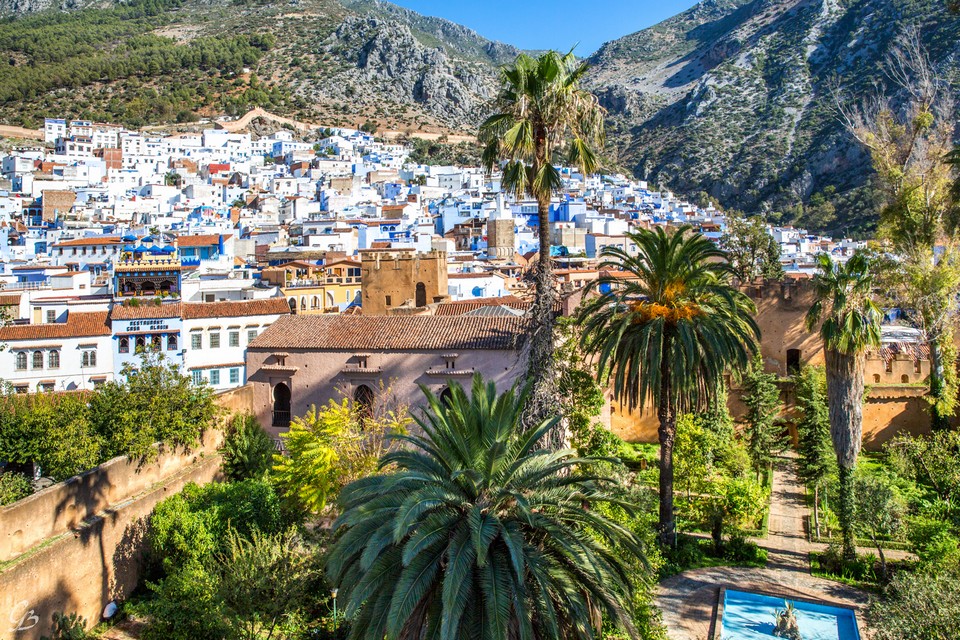
In the Sahara region, cities in the plains, you should be avoided come in mid-summer. Desert climate is hot, dry and clear in the summer, but nighttime temperatures can plummet. However, the hottest months are ideal for visiting coastal cities like Essaouira and Rabat. The winter months in the mountains are very cold, which can be difficult to come as many hotels do not have heating system.
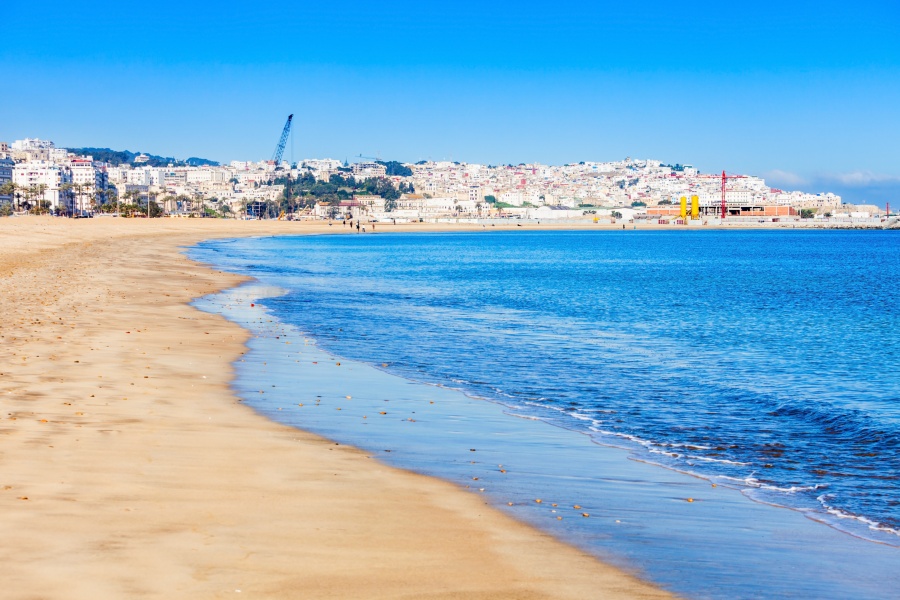
From October to May next year is the best time to visit Morocco. The autumn and spring’s weather is cool. Winters are not as cold as Southern Europe. The desert night is quite cold, so you still need to bring warm clothes. The Moroccan spring often comes a little earlier than in Europe. From mid to late February, plum and apricot blossoms bloom white on oases in the middle of desert. In late April, early May, roses bloom brilliantly in the valley of roses (Vallée dés Roses).
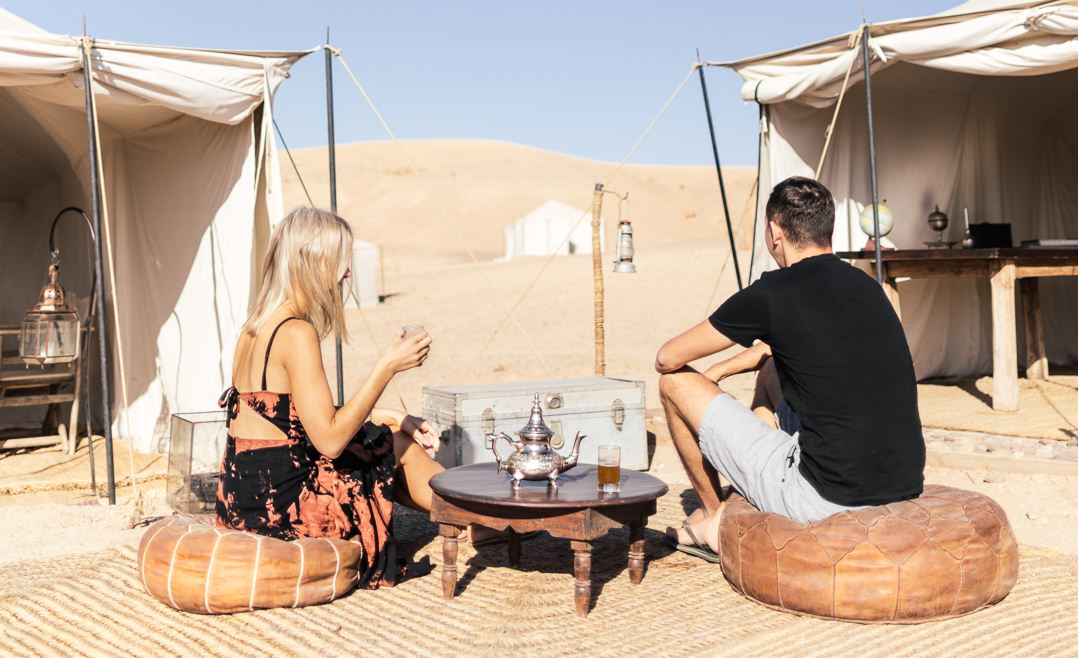
During Christmas and New Year, the whole Europe is on holiday, the streets will be a bit crowded and the price of services will be slightly higher. Because Morocco is Europe’s neighbor, the French and Germans like to go to their neighbor to relax, especially special holidays.
Morocco travel blog: Getting to Morocco
The simplest and most convenient way is flying to big cities like Casablanca, Marrakech, Fes, Rabat… There are many low-cost airlines operating daily flights from European cities to Morocco and the flight time is also very reasonable (It takes average 3 – 4 hours of flying) such as Ryanair, Volotea, Easyjet… If you hunting hard, you can find cheap airfares for just a few dozen of Euros / round-trip. I often use Skyscanner, Google Flights to find tickets and then go directly to websites of airlines to buy.
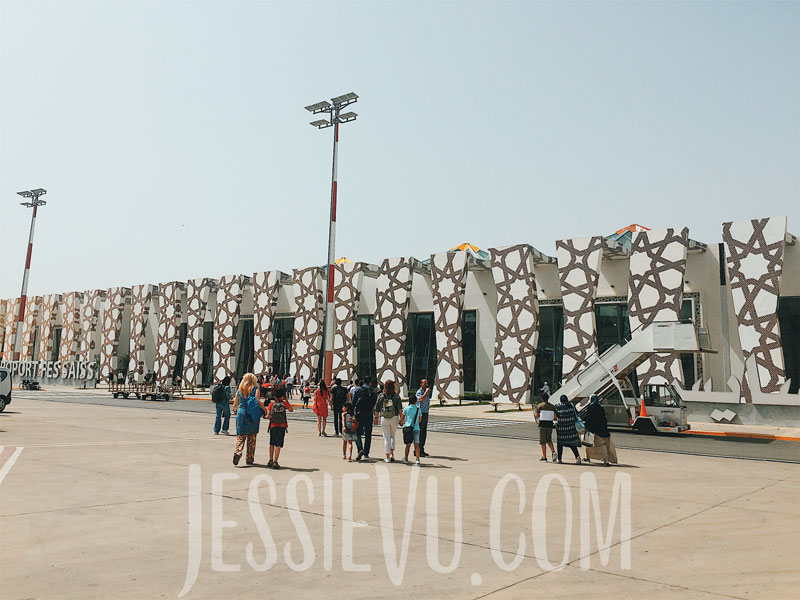
Alternatively, you can also drive to Morocco from Europe via a transit ferry from the Spanish city of Tarifa to Tangier. Some ferry companies such as FRS, Inter Shipping regularly operate ferries that connecting these two cities with travel time of about 1 hour. See ferry routes and timetables here.
Morocco blog: Getting around Morocco and between cities
Train
Morocco’s national railway company is ONCF. The railway network in Morocco is concentrated mainly in the north and cities along the west coast, connecting the major cities. Therefore, if you want to getting to cities in the South (such as Agadir), the bus is the most reasonable choice.
Train tickets can be purchased online through the company’s website at:(https://www.oncf.ma/fr/), via app (iOS, Android) or directly at ticket counters at train stations.
If you want a guarantee and rest assured, you can buy tickets 1 to 2 days in advance.
Like me, when I was in Marrakech, I checked the train schedules and prices in advance on the web, then went to the station 1 hour before departure and bought tickets directly at the ticket counter. This helped me more flexible and not be constrained by time.
A few things you should keep in mind are:
- The ticket counter will stop selling 3 minutes before departure time.
- In big cities like Marrakech or Casablanca have relatively high frequency of trips, on the contrary, smaller cities like Meknes have quite a few trips. So, if you stay in small cities, you should carefully check the departure time of train to arrange a reasonable travel time.
- On the train, you must always keep your belongings within sight, to avoid being “lost your luggage” when train stops at stations.
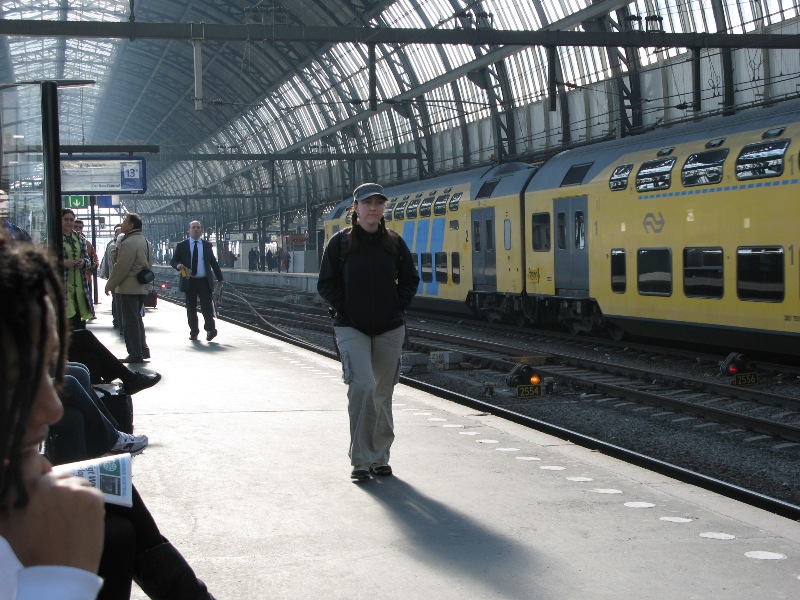
Example fares: Train from Casablanca – Marrakech : 95 MAD (10 USD); Bus supratours from Marrakech – Essaouira : 80 MAD (8.4 USD), Train from Fes – Meknes : 22 MAD (2.3 USD).
Bus
It is the most convenient means of transportation in Morocco. The bus network covers the whole country, so it is possible to reach places that train cannot. The major bus carriers are CTM (http://www.ctm.ma/), Supratours (http://www.supratours.ma/), SATAS and Trans Ghazala.
When traveling in Morocco, I chose the CTM bus company (because the company has frequently bus trips, and the service is also relatively good).
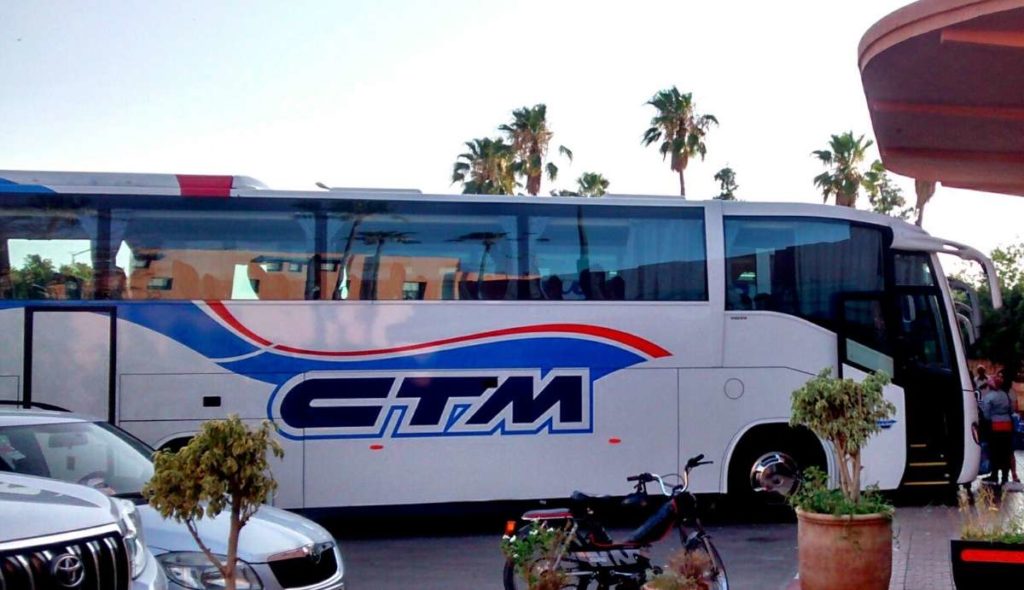
Riding by bus, I recommend you to book tickets 1 to 2 days in advance to be able to choose the most suitable trip in terms of both tickets and timetables. The reason is that if you buy tickets on the departure date, but unfortunately the bus trip you already choose is already full, you will be pushed to the next trip. In big cities, the waiting time between bus trips is not too long (about 1 hour), so take the next trip is still okay.
But, in contrast, in small cities (eg Chefchaouen) the frequency is reduced quite a lot and you have to wait for a long time to wait for the next bus, which can affect your expected schedule.
Self-drive
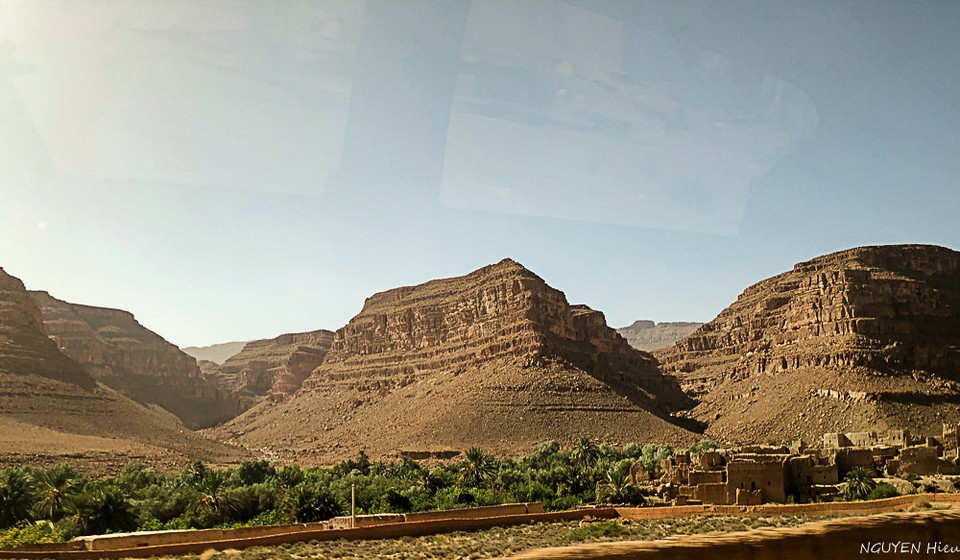
This is also a good option to getting around in Morocco, helping you to be more proactive in your time as well as being able to reach places that trains and buses cannot reach. However, self-driving in Morocco also requires you to be very steady and careful.
As far as I can see, the traffic here is a bit chaotic, especially in small cities (eg Chefchaouen): pedestrians cross the street anywhere; On the road, in addition to cars, there are also horse-drawn carriages, donkey carts, and horns are loud, in general, it feels quite similar to Vietnamese traffic.
Moreover, the terrain in the North of Morocco has many hills and passes, so self-driving is not for weak drivers.
Getting around in cities
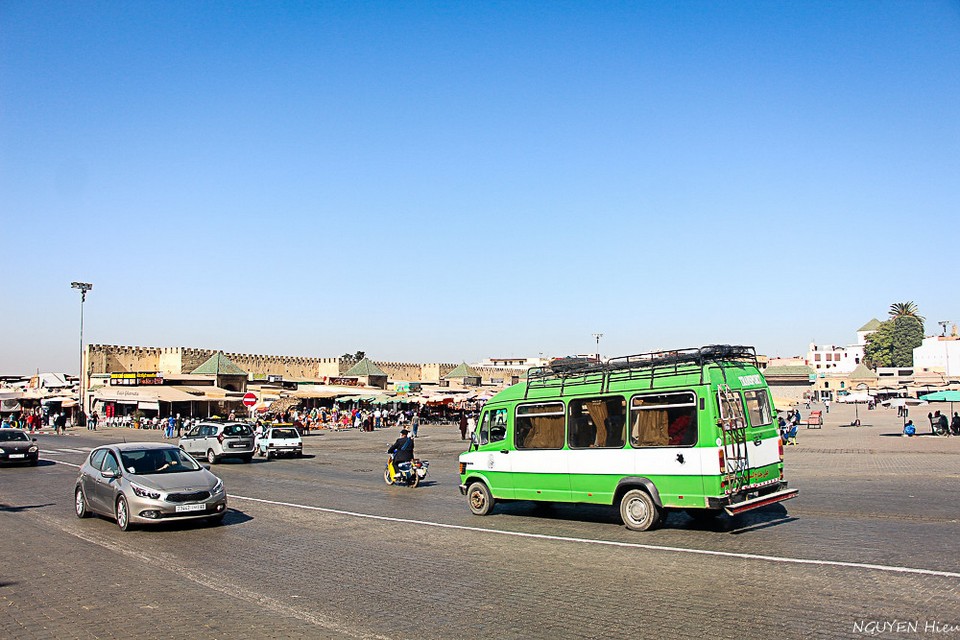
On foot
Inside medina, motor vehicles are prohibited, you can only walk or donkey riding. The area of medina is not too large but complicated like a maze. So prepare a good pair of walking shoes.
In Moroccan cities, there are always people who are enthusiastic to show you the way to ask for money. If needed, let them guide directions for you and pay about 10-20 MAD (1-2 USD). If you feel uncomfortable, just say “No” clearly a few times. If they insist on following and walking ahead, pretending to give directions, I often take advantage of when they don’t notice and stop by a shop on the street. If they don’t see you anymore, they will leave away.
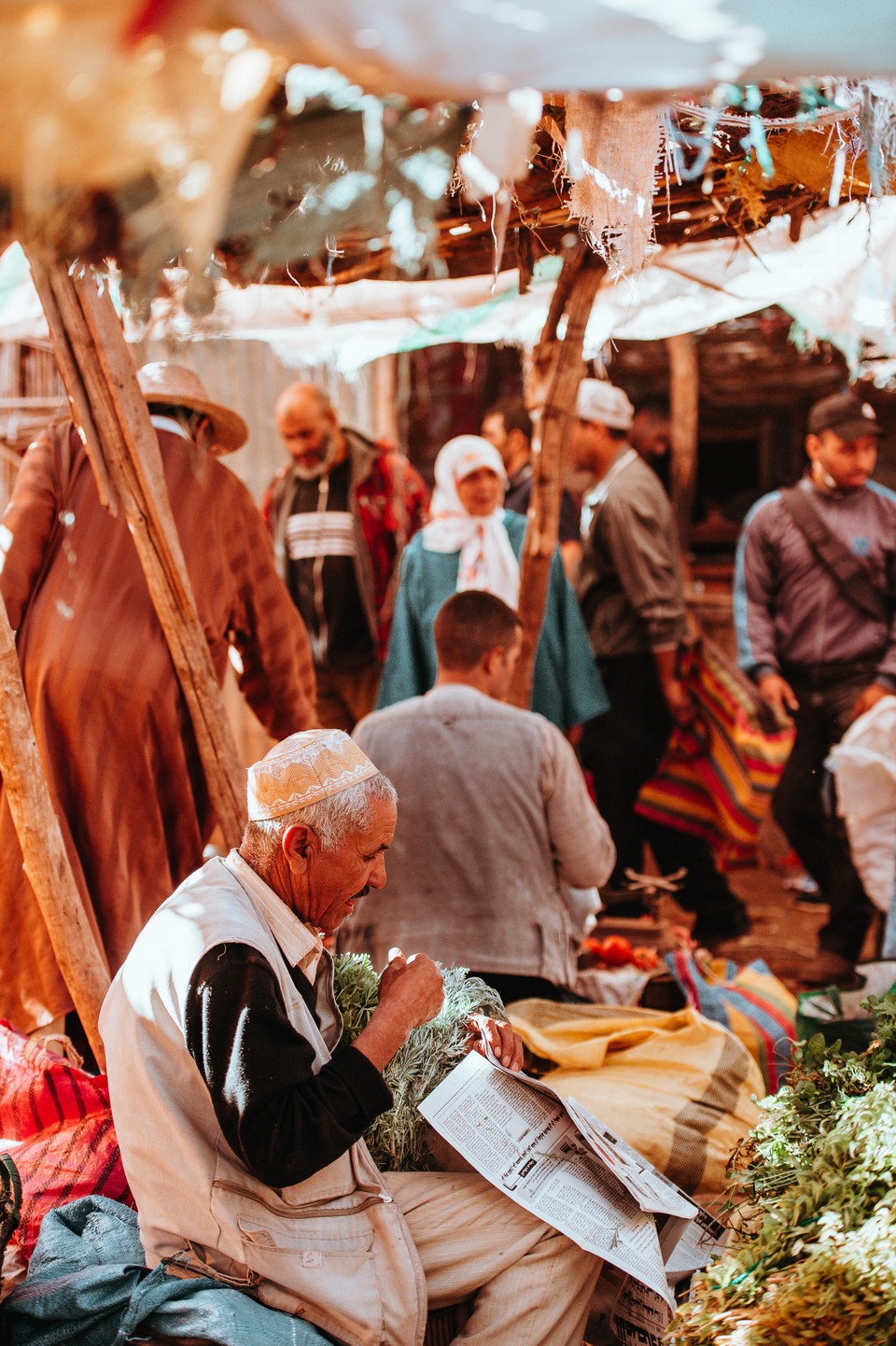
In order to limit being disturbed on the road, you should not hold a paper map in your hand with a blank face, a half-lidded gaze. Instead, you should download offline maps of MAPS.ME or Google Maps, plus compass apps to your phone for convenient navigating. In Marrakech and Fes, paper maps are also not very effective because in the souks, almost all streets have no numbers, streets without names.
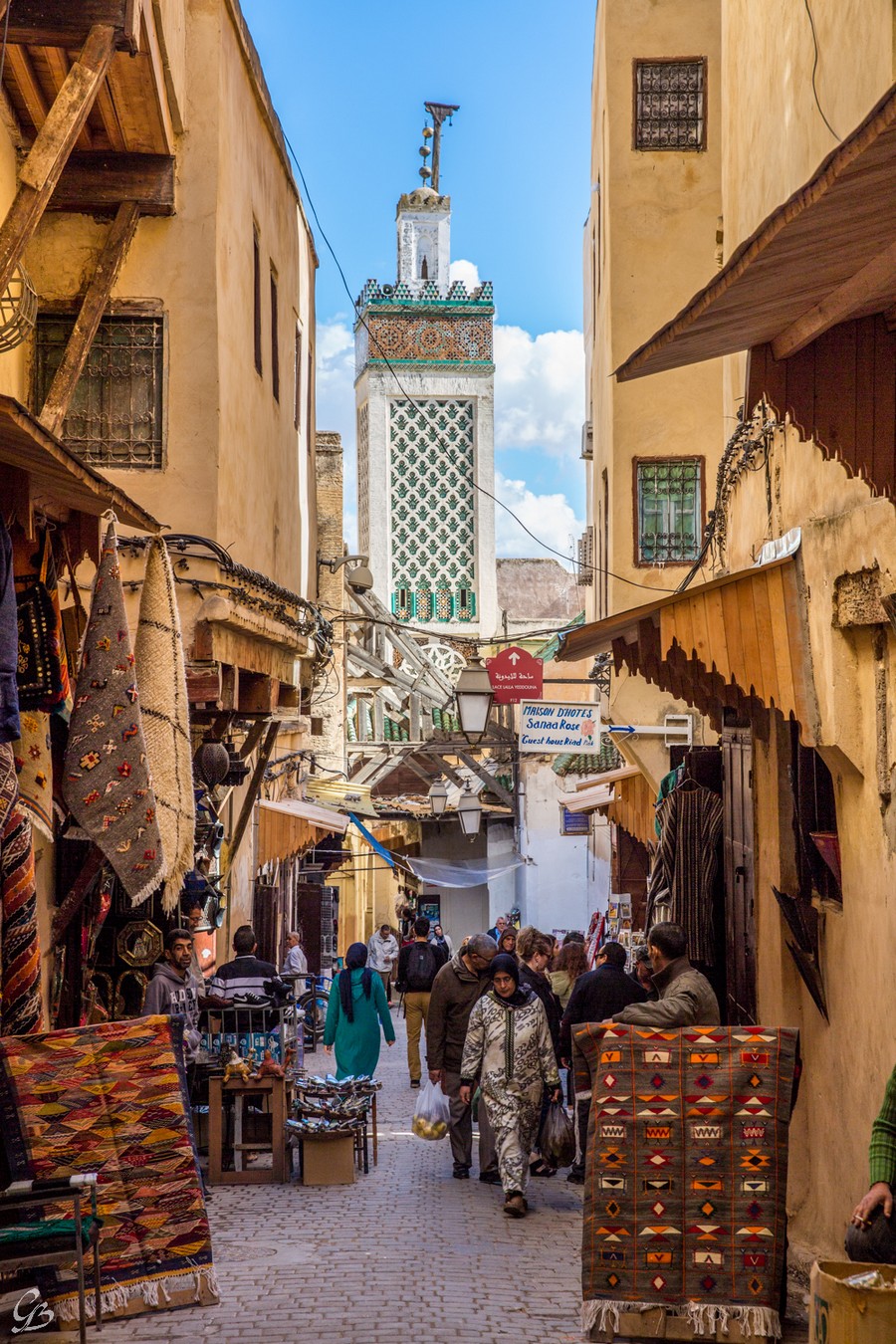
Taxi
Outside of medina, the most convenient way to travel are taxis. Taxi prices in Morocco are comparable to Vietnamese taxis. In Casablanca and occasionally in Marrakech, taxi is billed by meter. During rush hour, the drivers often refuse to turn on the meter, you should ask in advance to be sure and bargain the price before getting on the car.
There are two types of taxis operating in cities in Morocco: “grand taxi” – large taxi and “petit taxi” – small taxi.
Small taxi: 4-seater car, only allowed to run in the inner cities. According to regulations, this type of taxi can only carry a maximum of 3 passengers.
“Our group went with 4 people, even though we saw that the car still has an available seat and asked the driver to take all 4 of us, the driver disagreed and asked to divide into 2 groups to accept it”.

Large taxi: Usually a 7-seater taxi, this type can go out of town or traveling between neighboring cities.
In cities, to getting from city center to airport, you can only take this large taxi.
With most taxis, the price list is listed on the window of the car, however, you can still bargain with the driver to get the most reasonable price.
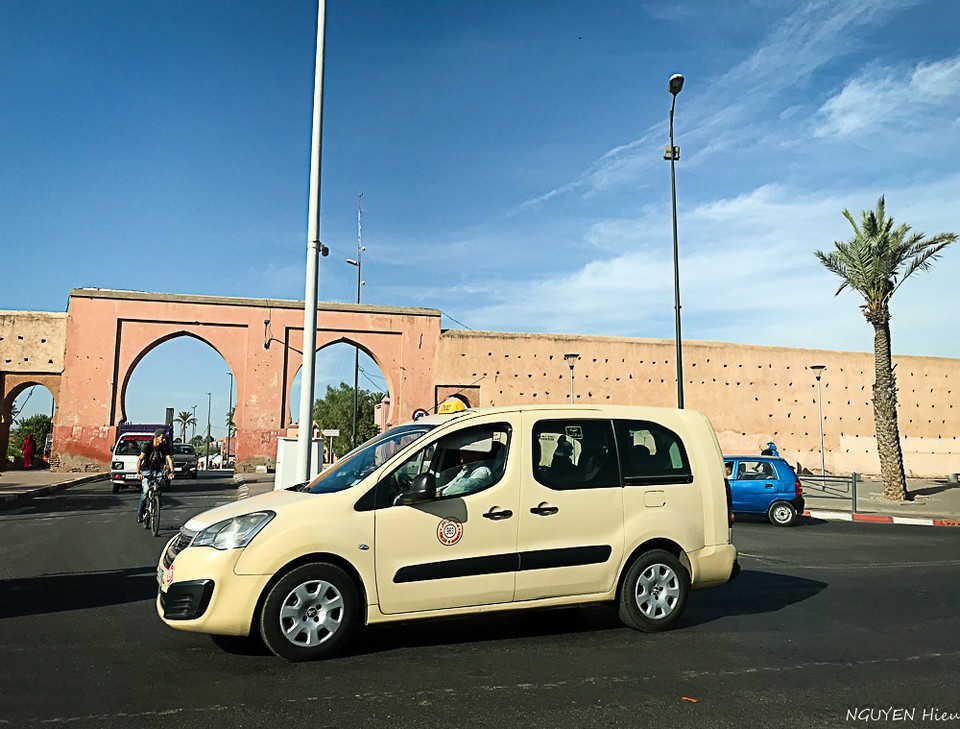
Tram
Casablanca also has a tram system, the way to buy tickets and travel is the same as in Europe.
Morocco travel blog: Where to go?
Marrakech (Marrakesh)
There are few places where red is so overwhelming as in Marrakesh, from houses, walls, even the streets are painted pink or red. This North African city has a multi-dimensional, mysterious and captivating life.
It is the country’s fourth largest city, after Casablanca, Fes and Tangier. Marrakesh, located in the southwest, was once the capital of Morocco, playing an important role in the trans-Saharan trade route. The history of formation and development of Marrakesh has gone through many periods. Since the 13th century, Marrakesh is no longer the capital, but is still one of the four imperial cities of Morocco, an important commercial center. Marrakesh is also one of Morocco’s artistic cities, a national and international tourist destination.
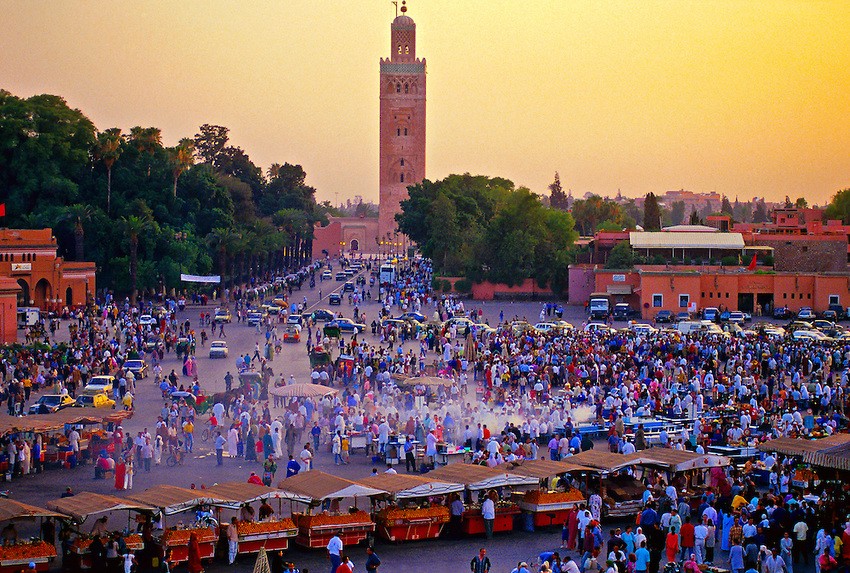
Attractions in Marrakesh: Jemaa el Fna Square, Medina old town, Souks. Medina Old Town is a top tourist attraction in Marrakesh and is surrounded by 9km of high walls. Jemaa el Fna Square is a bustling place with all kinds of representations of the daily life of Moroccans, Ali Ben Youssef Medersa is the largest Koran school in North Africa, Bahia Palace, Souk Flea Market in the Medina is also a must-see place during your visit.
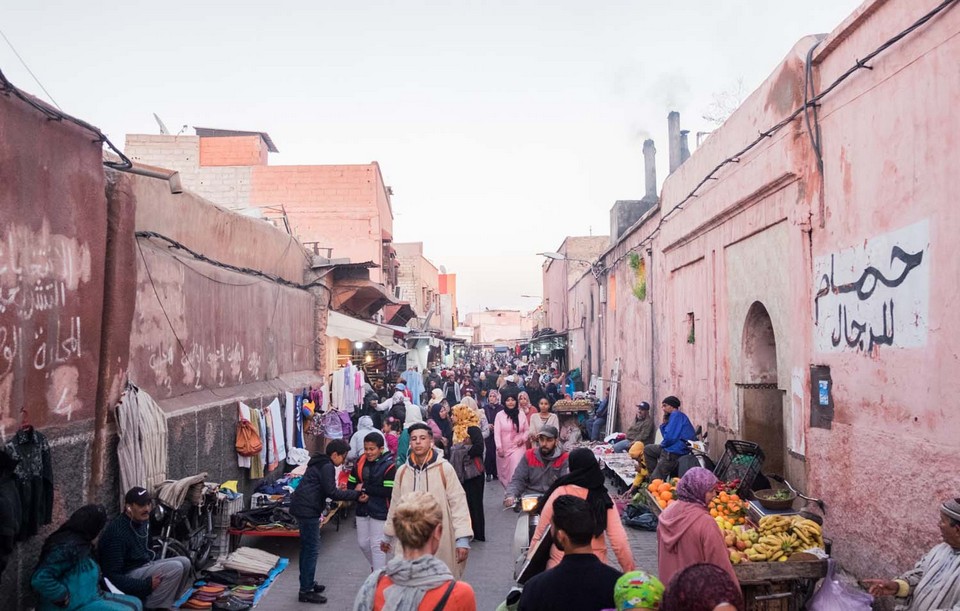
Chefchaouen
Also known as the Blue City of Morocco, Chefchaouen is located in the Rif Mountains in the northwestern Morocco. It’s a small city, a bit remote, but well worth a visit in the vibrant shades of turquoise of the houses, charming alleyways, a photogenic and perfect spot to take virtual living photos.
The city is built on a hill, so be prepared for a hike, when you get to the top it can feel like you just went for a hike. Walking is the best way to experience the city as there are many narrow streets that cannot be accessed by cars.

Sahara Desert tour
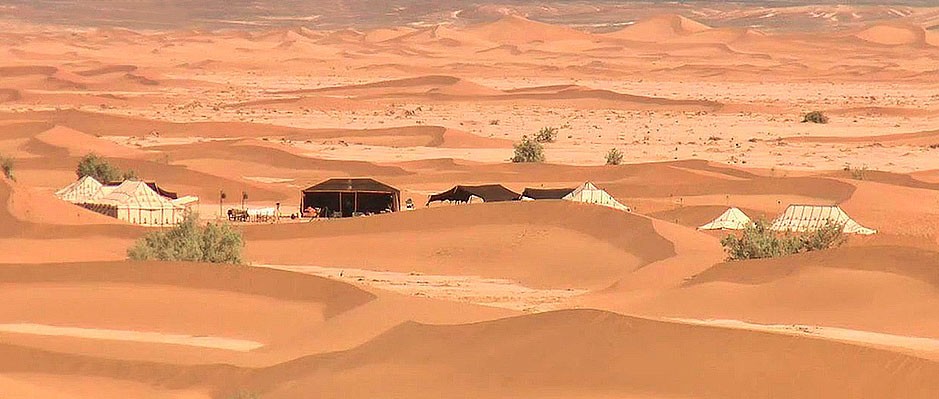
There are many Sahara desert tours that offered by tour operators in Morocco, with options ranging from camping, day trips, or night add-ons combined with other city tours. Camping in the Sahara Desert is a dream for any visitor, it’s definitely the ultimate nomadic experience. This is where you can experience walking on the sand dunes to watch the sunrise, camel riding, camping…
Fes (Fez)

Known as Morocco’s cultural capital, Fes is a place you’ll definitely want to visit once. Ranked as the second largest city in Morocco, Fez served as the country’s capital until 1925. The city is known as the “Athens of Africa” for preserving its diverse historical heritage. One of the heritages with the most vivid image of the Moroccan people is in the Fez markets (souks). Visit the Fes el Bali area to discover the unique cultural features, which was recognized by UNESCO as a world heritage site in 1981.
Fes is located just over 300 miles from Marrakech which you can reach by car or plane. This UNESCO World Heritage city is one of the best-preserved ancient Arab cities in the world and the largest car-free urban area on earth.

The seaside city of Essaouira
Located on the coast of Morocco, Essaouira is known for its laid-back atmosphere and excellent kitesurfing conditions and beautiful beaches. If you stay in Marrakech, there is a bus that connects these two cities. The journey takes about 2.5 hours. Another option is to hire a taxi from Marrakech airport and a one-way trip will cost around $90.
Tangier
Tangier is a northern Moroccan city with a population of over 2 million, located on the North African coast, to the west of the entrance to the Strait of Gibraltar, which borders the Mediterranean and Atlantic Oceans at Cape Spartel. This city has cultural features, architecture that mixed of France and Spain.
Surrounded by beautiful beaches, Tangier attracts visitors by its vibrancy that few places have. Visitors can move here by taxi after about 10 minutes from city center. My first impression of Tangier is the lively, bustling street and beautiful beaches just ten minutes away from the center. By the beach are markets, modern residential areas, frequented by tourists from all over the world with a wide variety of goods on sale.
In 1923, Tanger was called an international city under a treaty between nine countries with interests in Morocco: France, Italy, Spain, Great Britain, USA, Sweden, Netherlands, Belgium and Portugal.
Meknes
Meknes is one of the four most popular tourist destinations in Morocco. Before choosing Marrakesh as the next capital, Meknes served as the capital of Morocco from 1672 – 1727 under the rule of Sultan Moulay Ismail. Today, the city still retains the images that recreate the heroic history with the architectural style of Spain and Morocco. Especially the great gates with high walls. The impressive historical landmarks: Mosques, old markets and squares… Especially the old town (medina) in this city is also recognized by UNESCO as a world heritage site.
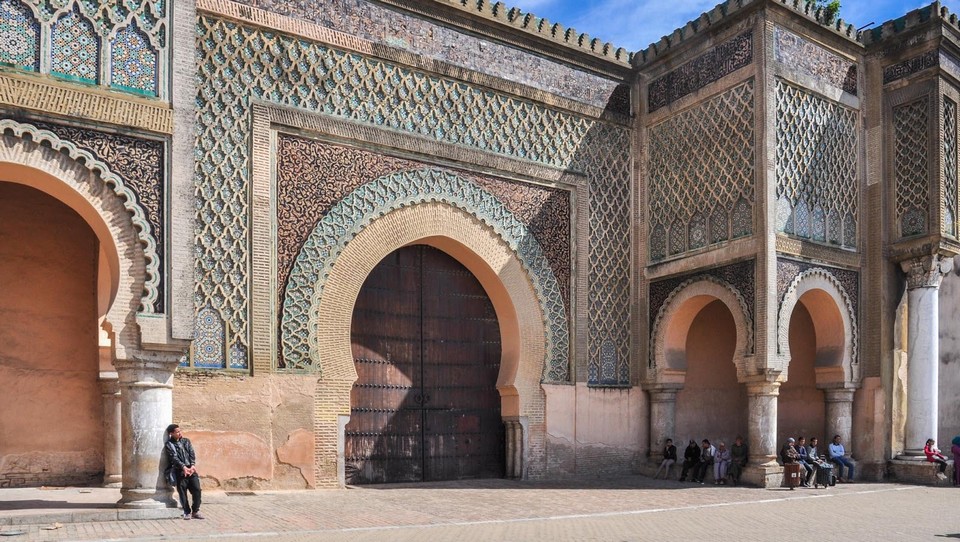
Casablanca
Casablanca is the largest city in Morocco and the largest port in Africa. Casablanca is known to many people through the movie of the same name, but it is not the filming location of this movie. With the diversity in culture from Portuguese, French and Moors, make the city is more dynamic and full of vibrant.
Ouarzazate
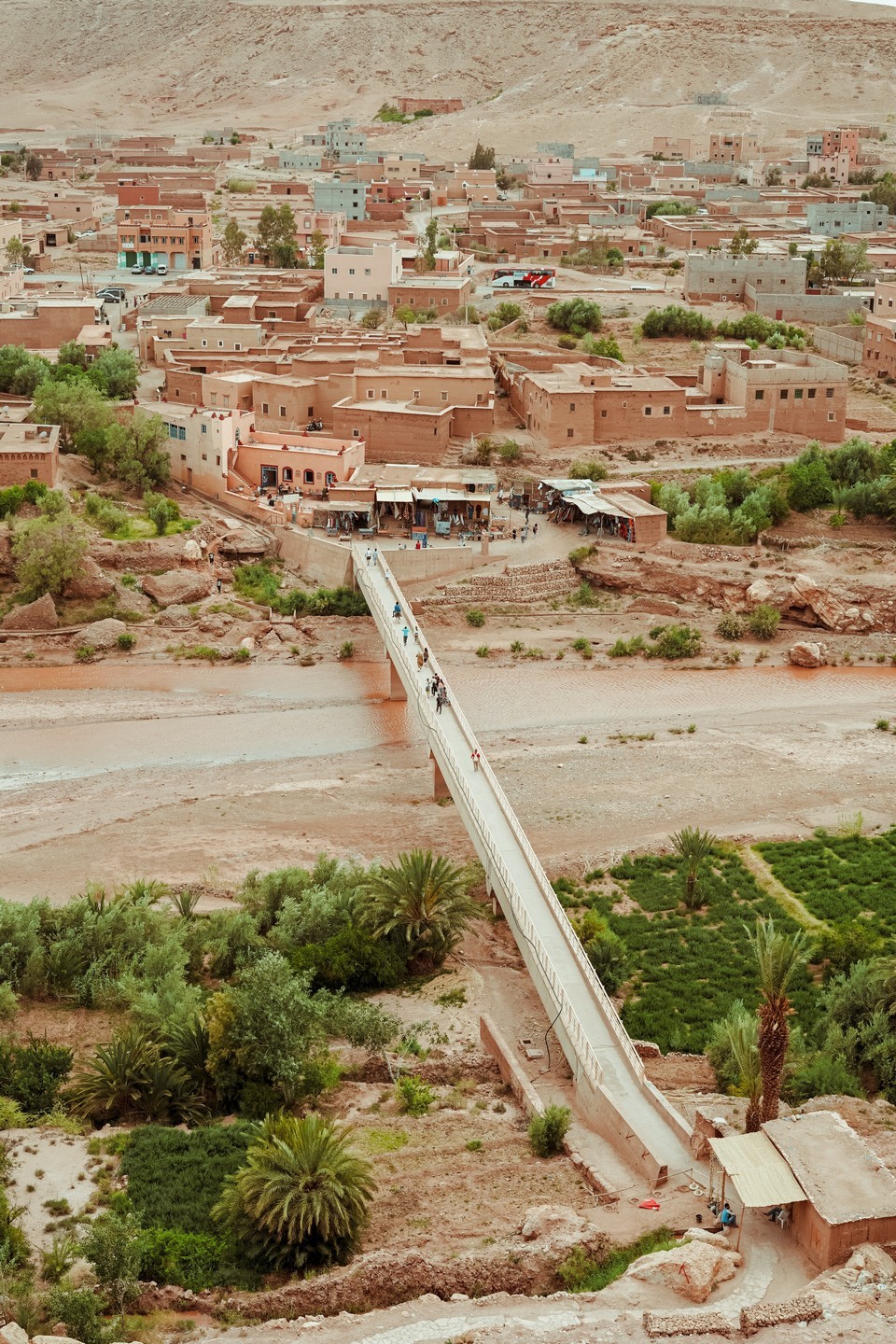
The city of Ouarzazate is known as “The Door of the Desert” because of its location on the edge of Sahara Desert. This place is a “quiet” land of palm trees, sandy roads and buildings bearing the image of fortresses. In particular, Ouarzazate also owns two largest film studios in the world, Atlas Studios and CLA Studios. Moreover, there are many movies using the setting here, so this city is also known as the “Hollywood of Africa”. When coming to this city, the following attractive tourist attractions will surely attract you: First is Sahara desert, Todra gorge – a great natural wonder or visit Taourirt Kasbah, which is an important histrical fortified residence complex of Morocco.
Rabat
The city is now the capital of Morocco and was established in the 12th century. Rabat impresses with its diverse landscape of flowers, plants and trees. In addition, monumental works must be mentioned gates such as the Great Gate of the Kasbah (Bab Oudaya) and The Gate of Ambassadors.
Some notable attractions in Rabat: Mamora forest, beautiful beaches, mosques, Mausoleum of Mohammed V, ancient city (medina), Royal square, Chellah medieval fortified, … Not only that, tourists can visit the National Craft Museum or stop at the street cafes while wandering in Rabat.
Asilah
The town of Asilah or Arzeila is located in the northwest region on the Atlantic coast of Morocco. It is located in the northern Atlantic Bay and is 31km from the city of Tangier. The town has a pretty good depiction of Moroccan culture, including murals.
Morocco travel blog: Where to stay?
Cost
Room rates in Morocco are much cheaper than in Europe. The price for a double room, included breakfast, from 30 USD (guesthouse), 50 – 60 USD (2-star hotel or hostel), with more than 100 USD you can stay in a 4-star hotel.
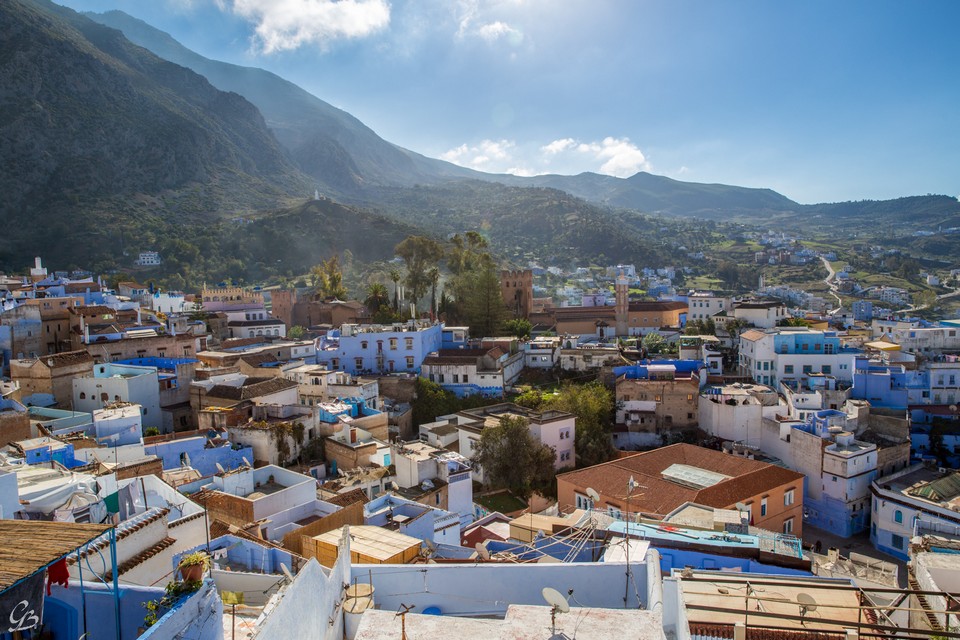
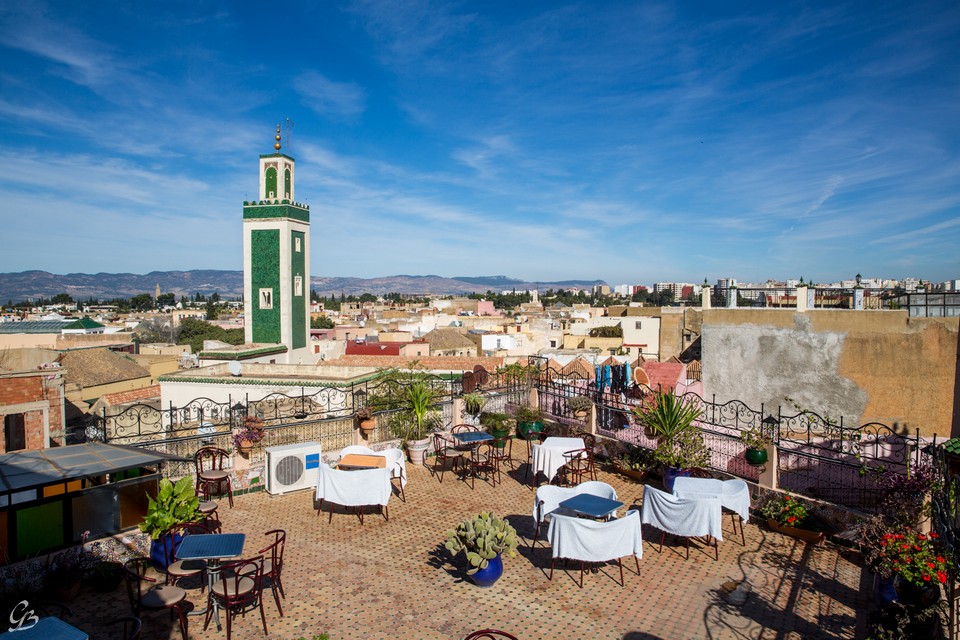
To find top rated and best hotels in cities in Morocco you can go to Booking.com, Agoda.com. If you want a budget stay let choose Airbnb, and use this link https://www.airbnb.com/c/anht5185, to register for an Airbnb account and book a room, you will get a discount up to $55 for the first booking.
Location
The main attractions are located in medina (old town in city), you should rent a room here for convenience. But also should not be too far from the motorway in case you have bulky luggage, to avoid spend much effort. For example, in Marrakech, you should rent a room near Jemaa el-Fna square, in Casablanca, you should rent near United Nations Square or Casa-Port Railway Station (note that in Casablanca there are 2 big stations that are quite far apart), in Fes, you should rent in Talaa Sghira street or Talaa Kebira street (the beginning of this street near Bab Boujloud).
In the old town, there are usually few big hotels. Instead, there are Dar or Riad which are traditional Moroccan homestays. Riad is usually built in square-shaped, with a skylight and a small garden in the middle, creating a quiet and pleasant atmosphere. You should stay there once, I’m sure you will like it.

Morocco blog: How to buy and choose desert tour?
Coming to Morocco, riding a camel in the sunset or sunrise in the Sahara desert is an experience not to be missed. In the medina in Fes and Marrakech there are many tour operators offering tours to the desert, but in reality there is only one company that organizes it. Tour operators only distribute as travel agents, so there is no need to book online in advance, so just directly go to their offices to bargain and choose the cheapest one to buy.
Check out the tour schedule here: https://www.igomorocco.com/
There are different types of tours to desert: 2 days to Zagora (Ouarzazate); 3 days to Erg Chebbi (near Merzouga) or 4 days to both places. I found the 3-day tour to Erg Chebbi is the most suitable and reasonable. The 2-day tour to the Zagora does not see the beautiful shimmering sand dunes as shown on Instagram, while the 4-day tour is a combination of the two tours above, you will have to waiting for the car for a long time in Ouarzazate.
The distance from Merzouga to Marrakech and Fes is about the same. If your itinerary includes both of these cities, you can request tour operator pick up in Marrakech, drop off in Fes or vice versa.
If riding a camel, you should wear long pants, not lace or jean pants that are too tight or hard (my own painful experience). Overnight in the desert, you have to sleeping in a Berber tent which is very cold, need to bring extra warm clothes. In addition, you should bring more toilet paper – “paper attached to the intestines”, haha!
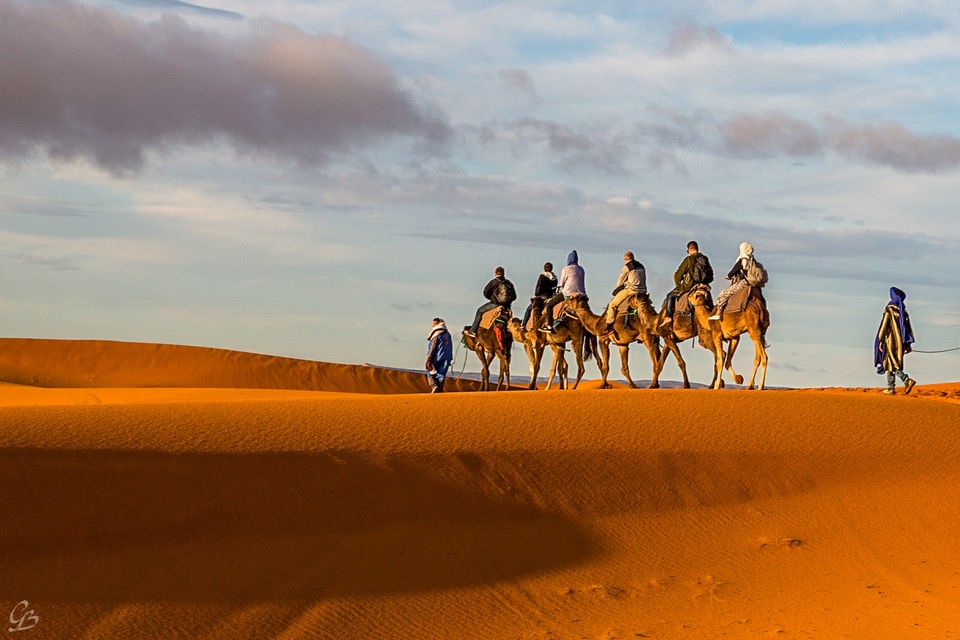
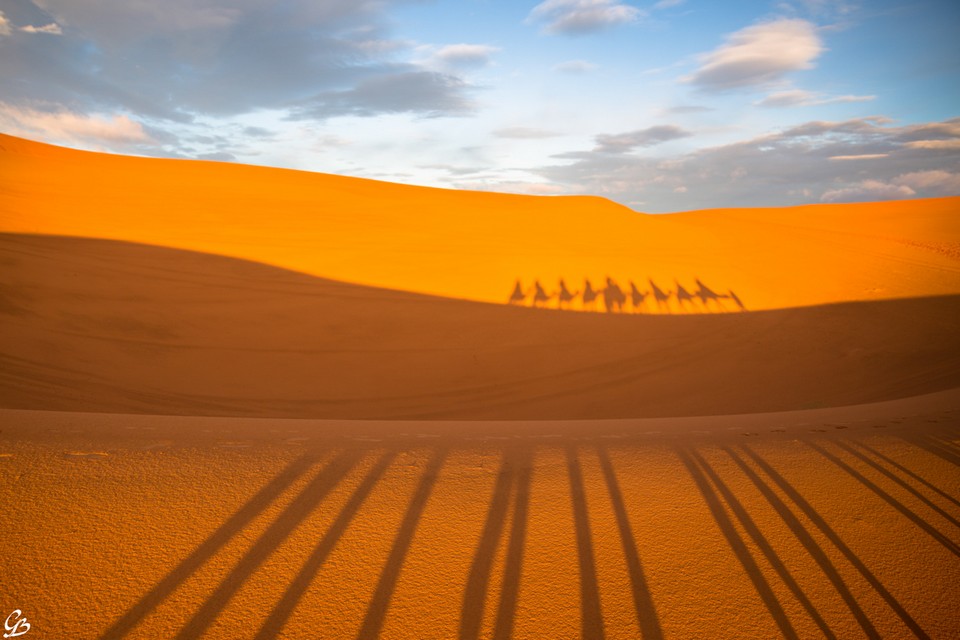
Morocco travel blog: What to eat?
Moroccan food is delicious and rich. Traditional restaurants often have tajin, couscous, pastilla or lamb or beef stews. In souks (traditional markets), there are many kinds of savory, delectable grilled meat, skewers. Morocco is a Muslim country, so people don’t eat pork.
Breakfast in riads has many types of breads, cornmeal pancakes, with jams, honey, butter, mint tea, and delicious freshly orange juice.
The Moroccan pastries are also delicious (but very sweet). Some pastry is as small as a thumb, goes well with mint tea.
During the two weeks of eating and drinking all over Morocco, I always remember of eating fresh fish and seafood in Essaouira. If you have the opportunity to visit, do not forget to try.
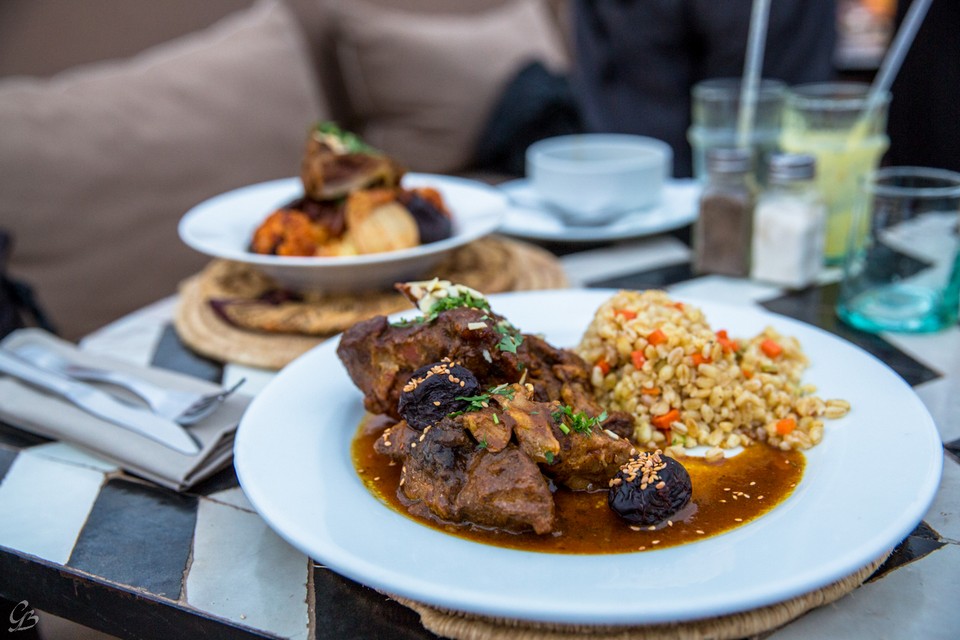

B’ssara (Moroccan fava bean soup)
B’ssara is a soup made with simple ingredients using beans, olive oil and local flavor cumin. This is a traditional Moroccan dish often used in daily meals. It can be used in breakfast to start a new day and served with bread. The price for this dish is quite cheap, a bowl costs only a few cents.
Tagine
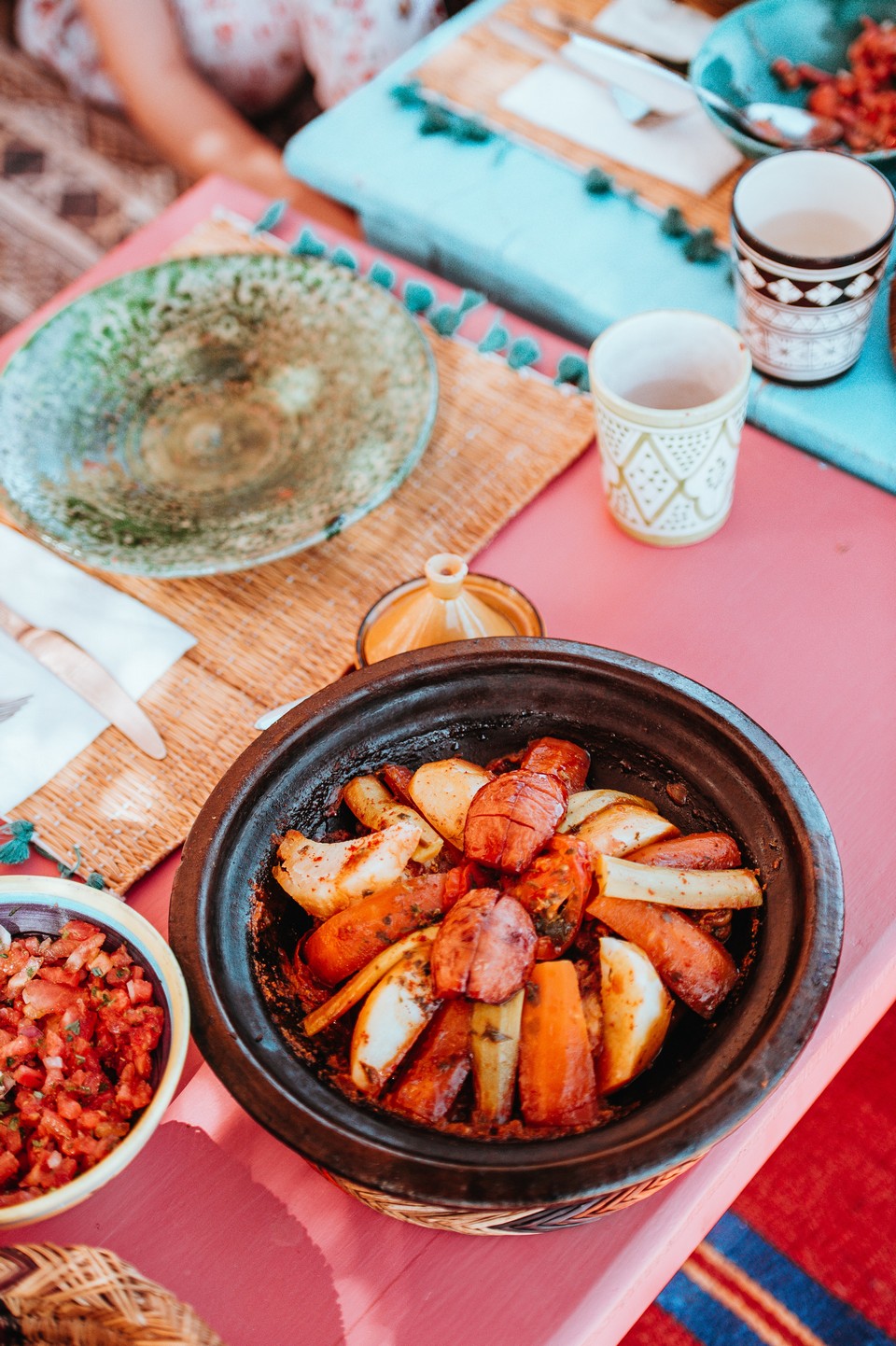
You can’t leave Morocco without trying tagine! This is a stewed soup that is considered a Moroccan’s culinary cultural symbol with its very own taste. Its ingredients include mea, poultry, or fish, vegetables, spices, nuts, all are stewed in a clay pot. It’s available everywhere that you can find easily in this country from high-end restaurants to eateries, roadside food stalls.
Goat Cheese
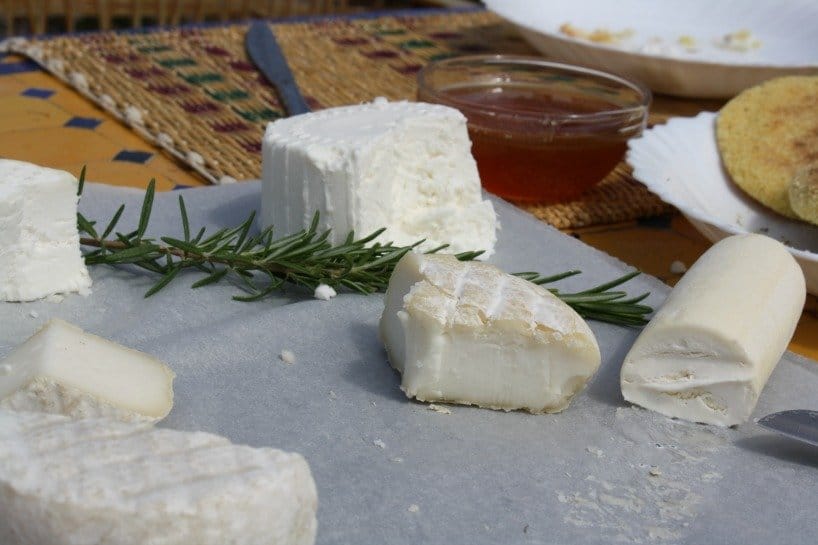
Goat cheese comes in a lot of Moroccan recipes and is amazing. If you are a lover of goat cheese then you will especially love this in Morocco.
Olives
Morocco is home to a wide variety of olives. The country is one of the world’s largest producers of olive oil, so it’s the perfect place to sample all kinds of olives.
Almonds
Almonds are the basis ingredient of many of the delicious things here, especially the orange blossom flavored almond milk and Moroccan spiced almonds.
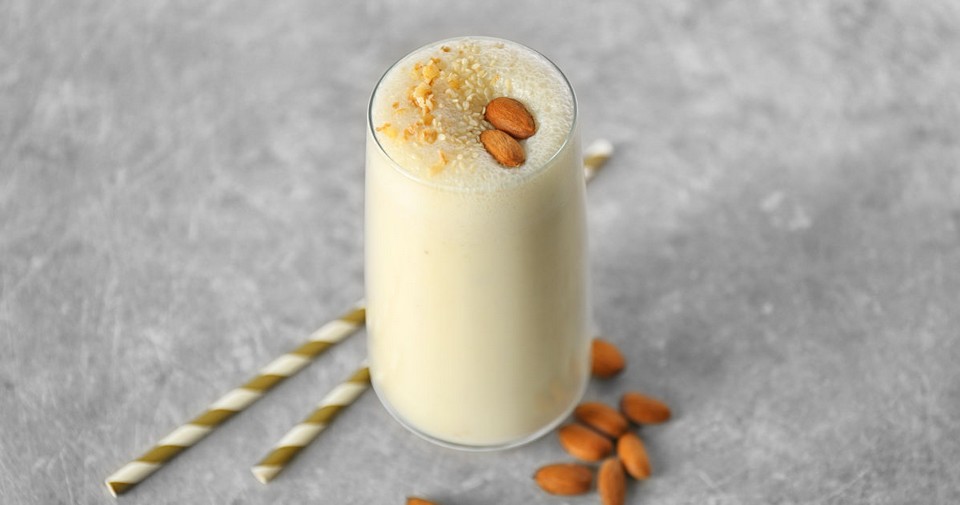
Kefta tagine
Kefta tagine is the name of a dish made from minced beef or lamb mixed with ingredients and spices such as coriander, garlic, and cinnamon. Then it will be rounded into balls and cooked in tomato and onion sauce under skillful hands of chefs. The final step to perfect the dish make it greasy, a few eggs will be added into the pot.
Méchoui
You must definitely enjoy delicious dishes made from lamb, the most famous of which is Méchoui. Previously it was a traditional dish used in wedding parties, later it was mentioned as one of the famous street foods in Morocco. To make this dish, people use a whole lamb, marinate with herbs and spices and then spit-roasted on charcoal.
Makouda
Akouda is a cake made from mashed potatoes combined with aromatic spices. This dish is deep-fried until golden crispy and eaten hot. It can be dipped with tomato sauce, served with salad or sandwiched with bread are all very delicious, this dish is popular in northern Morocco and in old towns (medina).
Couscous

This is a traditional dish associated with Moroccan culture and religion. On the Friday after the weekly prayer, if you travel to Morocco, you will find this dish on all Moroccan family tables. Couscous is stewed from vegetables such as zucchini, pumpkin, eggplant, cabbage, potatoes, carrots, green beans, chicken and beef. Especially served with Leben – a traditional fermented milk.
Chermoula fish
Bordered by Atlantic Ocean and Mediterranean with a long coastline, Moroccan cuisine is rich with a lot of dishes made from a multitude of different types of fish. Chermoula is one of them with an irresistible delicious taste. The dish with a combination of herbs, spices and fish is grilled over charcoal with the highlight of a special sauce.
Deep-fried Moroccan doughnuts
Import from French, a pastry lover’s dream. They are similar to fried donuts and you will find them all over the country.
Moroccan sweets, pastries
You’ll find shops full of sweets, and it’s easy to sample a variety. You can grab some bread and baklava or almond briouats and almost anything dipped in orange blossom water.
Zaazaa
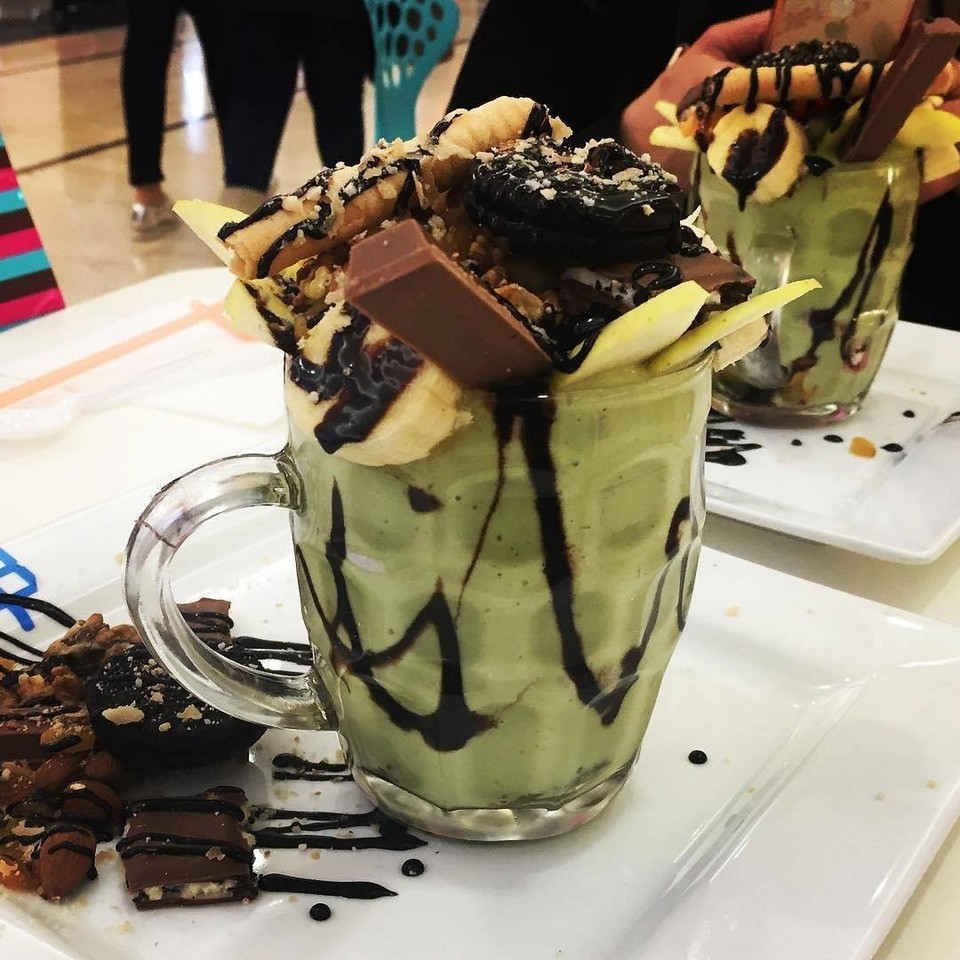
Moroccan smoothie made with avocado fresh fruits such as bananas, apples, kiwi, eggs, milk, and candies or nuts, is a must-try sweet treat of Moroccan cuisine.
Morocco travel blog: What to buy?
Morocco is one of the countries with many specialties. Tourists come here often buy:
- Rug: If you know that Iran has a famous Persian rugs, Morocco is also known as a rug paradise. The most prominent is the unique Berber wool rugs. One useful tip to not buy the wrong type of fake rug is to ask the seller to burn the tassels to try. If it’s real wool, it won’t catch fire, while fakes will catch fire and burn.
- Pottery (the most beautiful in Fes): You can come across all styles and ceramic products that Moroccans still use every day such as vases, cooking utensils, dishes, mosaics, ashtrays… The ceramics in Fes and Safi are best, the two main ceramics production sites of this country, they have a unique Moroccan style.
- Leather goods (in Fes, Essaouira or Marrakech). Head to Marrakesh and Fez to shop for these items, bags and leather products. Here sells a variety of products with vary prices, types and quality for you to choose from. In other cities of Morocco you can also buy these products but it is a bit smelly.
- Spices: Moroccan spices are very popular with tourists to buy as gifts after their trip. Locals sell spices in souks in every city. The most special is Ras el Hanout, which is a spice named after “head of the shop”. The reason it is called that is because the owner of the shop will mix this spices for you. Usually it consists of cumin seeds, cinnamon powder, ginger powder, clove pepper powder and some other spices.
- Herbal, dried rose, dried fruit (Marrakech or Essaouira have the most).
- Argan Oil (in Essaouira): The rarest gift that can only be found in Morocco is argan oil. Because the only place on earth where argan trees grow is near Essaouira. However, it is because of its scarcity that many people fake it to sell at a high price. When buying this oil, you should note that you should refer to a reputable place to buy and from locals to avoid being scammed.
- Decorative lamps and jewelry (in Marrakech)
- Fresh fruit, pomegranate, orange, and cactus are delicious.
Goods in Fes are a bit more expensive than in Marrakech, but much better. The souk near Marrakech’s Jemaa el-Fna square sells a lot of Chinese goods, making it difficult to distinguish the real from the fake items. Shopping in souks in Morocco, you always remember to bargain, starting from 1/3 to 1/2 off the asking price. It’s also a pleasure of going to a market, isn’t it?
Sometimes, you can meet people nearby invite you buy weed, you should be careful because Morocco has many policemen in plain clothes hidden in the crowd.
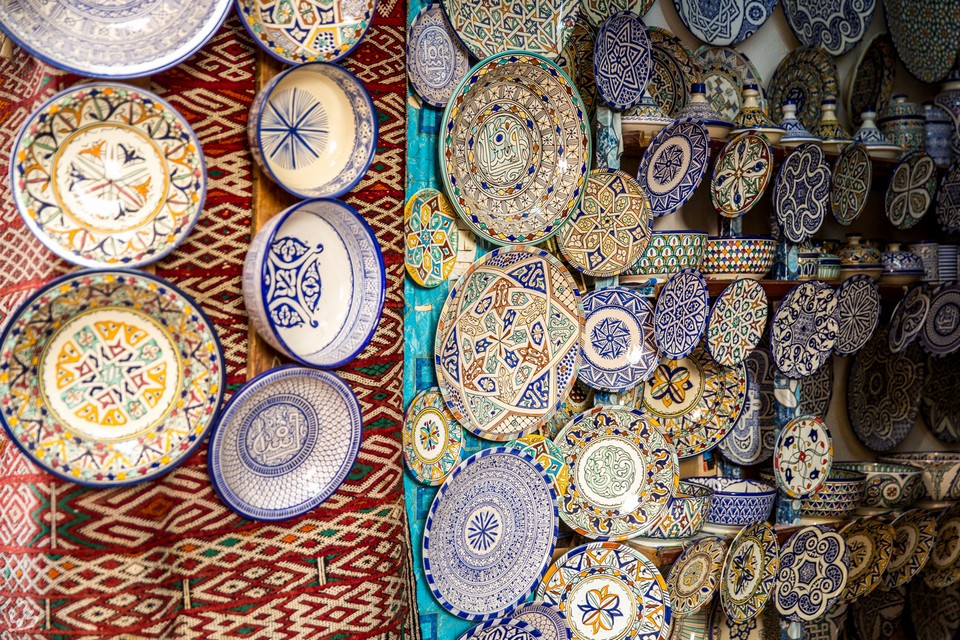
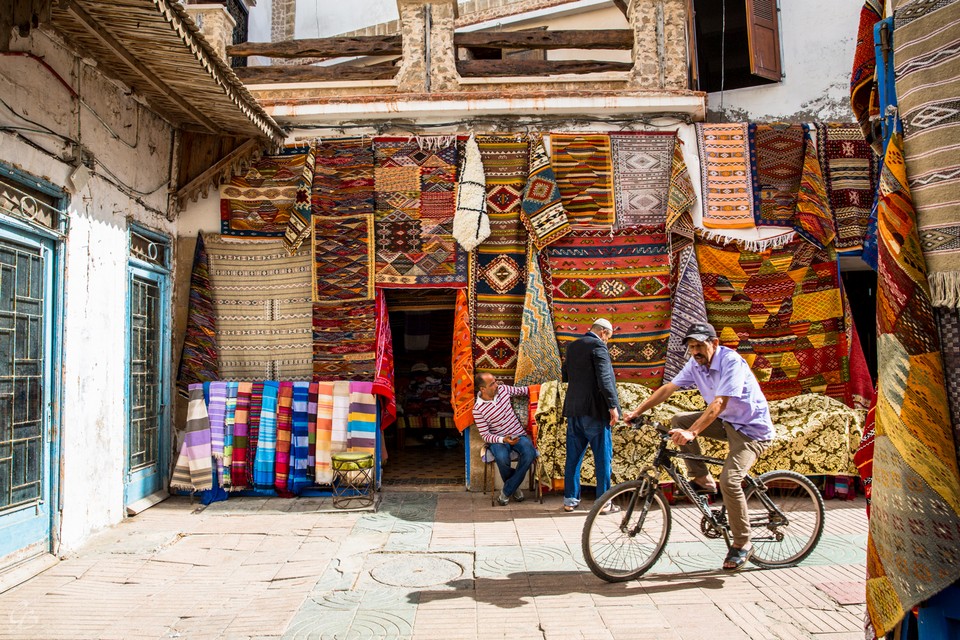
Morocco blog: Traveling cost
- Hotel: $50 – 60 / 1 night (double room in 2-star riad for 2 people)
- Food: $10 – 20 / 1 meal at delicious restaurants, with a nice view
I budgeted $80 – 90 / 1 person / 1 day (excluding airfare) and found it very Okay. If your budget is slightly lower, the total cost will be in the range of $60 – 70 / 1 day for all: meals, transportation, sightseeing (excluding airfare).
Picture below is the courtyard of La Table du Palais. One of the nicest restaurants I’ve been to. 150 DHs for the main course, 220 DHs for the main course and 1 side dish, 250 DHs for the whole appetizer, main course and dessert. If you just want to sit and rest for a while, don’t want to eat, you can order a glass of orange juice or mint tea, very affordable.
Morocco blog: Suggested Morocco travel itinerary
Over 2 weeks of traveling in this beautiful North African country has helped me gain some experience to be able to arrange a reasonable exploration itinerary.
Here are 2 itineraries that I think are quite reasonable for those who want to once set foot in Morocco:
- Itinerary 1: Marrakech (day 1 & 2) – Ouarzazate (day 3) – Merzouga (day 4) – Fès (day 5) – Chefchaouen (day 6) – Fès (day 7).
- Itinerary 2 (long time): Marrakech (day 1) – Essaouira (day 2) – Marrakech (day 3) – Ouarzazate (day 4) – Merzouga (day 5) – Fès (day 6 & 7) – Chefchaouen (day) 9) – Fès (10th) – Merknès (11th) – Rabat (12th) – Casablanca (13th) – Marrakech (14th).
In addition, if you have more time, you can also add to the itinerary of other tourist cities of Morocco such as Agadir, Tangier. Or, if you are an adventurer, you can also book High Atlas trekking tours departing from Marrakech, visit Berber villages (Imlil, Asni, Ourika, …) and admire the wonderful valleys beauty of this mountains.
These tours are very diverse in terms of places to visit as well as the number of days to go to which help you freely choose, and of course it is also sold a lot at agents in Marrakech.
We had another Morocco trip itinerary for 7 days here: Morocco 7 days itinerary — How to spend 7 days in Morocco perfectly to visit: Fez, Chefchaouen & Tangier.
Morocco travel blog: Some notes before you go
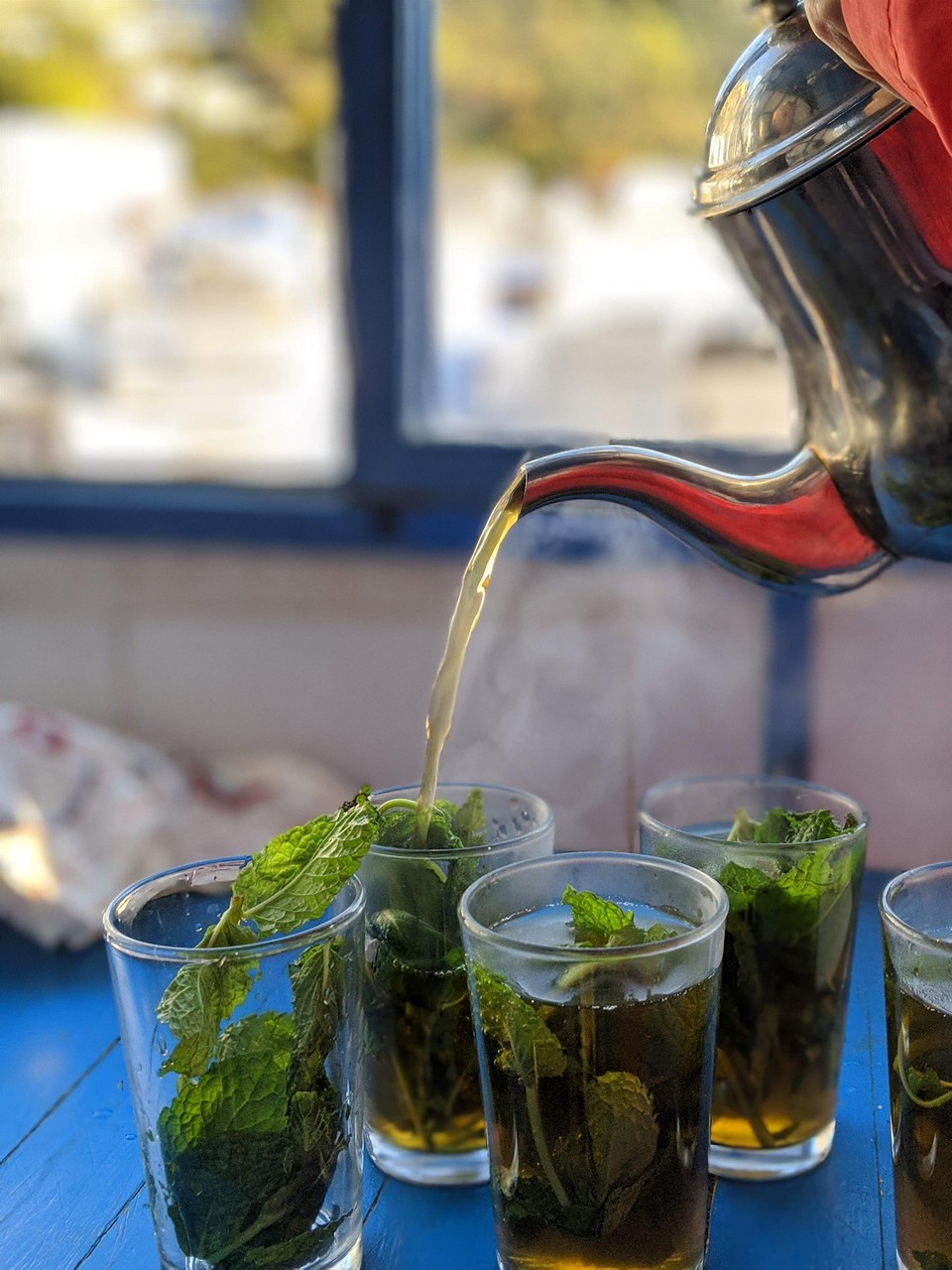
- Money exchange: The exchange rate in the airport is often not as good as outside, you should only exchange a little at the airport and then go to the city center to continue exchange. In Marrakech, on Prince Moulay Rachid street near Jemaa el-Fna square there are many banks.
- Major cities have ATMs, but don’t expect much because the machines are often broken.
- Plugs: Most plugs in Morocco are type C and type E. Standard voltage is 220 V and standard frequency is 50 Hz. An adapter will be the best for most electronic devices.
Internet: Although you’ll find that most cafes, restaurants, and hotels in the city have Wi-Fi handy (and cheap!) for 4G while you’re traveling in Morocco. You can buy a Maroc Telecom SIM card for just 40 dirhams (just over $4) and get 10GB of data for 100 dirhams ($10). - What to wear? Choose light, appropriate clothing. Be sure to always cover your shoulders and knees like using scarves and maxi skirts. They are ideal for warm sunny conditions and that shows respect for the culture – which in turn will get you treated with respect.
- Do not take pictures without permission in Morocco. They will respond as soon as you press the button. Many people here, and especially the elderly, think that if they are photographed, their images will be used for bad purposes. They are quite negative because of the influence on religion and spirituality. Usually people in tourist cities and young people will be more open, but you should ask before taking photos.
- Long pants should be worn when riding a camel, it is not denim or lace fabric and too tight will make you uncomfortable when sitting for more than 1 hour on a back of a camel. In addition, sleeping in a tent in the desert should wear enough warm clothes. Besides, it is necessary to prepare necessary personal belongings and drinking water, but it must be compact and hygienic.
- Do not go alone at night when traveling to Morocco, you need a trusted person to accompany you. Even if you are a muscular man, you should not go at night, especially in the desert, in a remote place. Another reason is because Moroccan roads are not always convenient and well-lit, so you should keep this in mind when traveling.
- Public toilets in Morocco are chargeable, except for hotels and restaurants. At some places, there is no collection, but there are still people standing to remind you not to forget to put tips in a box after use.
Some best day tours, trips, activities and transfer services, tickets in, from and to Morocco you can refer to
- 2D1N Zagora Desert Tour from Marrakech
- Ourika Valley Day Tour from Marrakech
- Essaouira Day Trip from Marrakech
- Agadir Day Trip From Marrakech
- Moroccan Cooking Class in Marrakech
- Marrakech City Tour
- Quad Biking Experience in Marrakech
Are you looking for more top things to do in Morocco: Tours, activities, attractions and other things? Let’s check it out here. And here.































![10 best airports in Asia in 2016 [RANKED] kuala-lumpur-international-airport-best airports in asia in 2016 by skytrax ratings](https://livingnomads.com/wp-content/uploads/2016/08/29/kuala-lumpur-international-airport-best-airports-in-asia-in-2016-by-skytrax-ratings-218x150.jpg)








